When you’re shopping for a new suit, it’s easy to get overwhelmed by all the styles to choose from.
However, it may help you narrow down your choices if you understand the differences between all the suit styles and features.
Understanding how each component of your suit can influence your overall appearance makes suit shopping worlds easier!
Let’s go over a rundown of all the ways your suit can vary and what this means for your image.
Slim-Fit vs. Classic-Fit vs. Modern-Fit Suit
Not all suits are crafted equally. They’re cut in different ways to sit on men’s bodies in various ways; some are tighter in certain areas and looser in others.
These cuts are for finding the right style for your body type and comfort level.
Slim-fit suits are designed to sit close to the body, with no loose areas. They hug the chest and waist and taper along the rest of the body.
Slim-fit suits are flattering on many body types and perfect for a modern, casual appeal.
Classic-fit suits are the traditional style. They provide more room to move without looking oversized and baggy.
In addition, this cut is versatile; it covers all formalities and dress codes, so it’s a reliable choice for any occasion.
Consider a modern fit if you’re struggling to decide between a slim fit and a classic-fit suit. This suit offers the best of both worlds: it isn’t as restrictive or figure-revealing as slim-fit but not as convenient as a classic fit.
In other words, it’s still a close-cut suit but provides more room for comfort.
Single vs. Double-Breasted Suit
Perhaps the most visible choice you can make for your suit is between these two suit jacket styles. They both serve the same wardrobe function but create drastically different effects.
A single-breasted suit jacket is a traditional classic. You’ve probably already noticed that most suits are single-breasted. That’s because it’s the most versatile style, carrying you through formal and informal occasions.
This suit style usually has two buttons but can have one, three, or even more for rare styles. In addition, the single-breasted jacket has more styling options than the double-breasted jacket, such as lapels and pockets.
On the other hand, double-breasted suit jackets are always dressier than single-breasted ones, so they’re much less versatile. The jacket wraps across the torso for buttoning, creating a refined and sophisticated vibe.
It also has fewer stylistic options; it’s relatively limited in lapel and pocket choices. Most double-breasted suits have either four or six buttons.
Two-Piece vs. Three-Piece Suit
These two suit styles have a similar foundation: a matching jacket and trousers. The difference lies in the extra garment of the three-piece suit. It includes a matching vest or waistcoat.
Adding the vest elevates the three-piece suit to a greater formality but makes the two-piece suit much more versatile. You should only wear the vest when you need to increase your suit’s level of dressiness.
The nice thing about a three-piece suit is that you can simply not include your vest and wear it as a standard suit jacket and pants.
Notch vs. Shawl vs. Peak Lapel Suit
Under your jacket collar, extending down the front of your suit is the jacket’s lapel. They’re a unique part of the suit jacket anatomy and come in varying styles, contributing to the overall formality of your suit.
Each style can be broad or narrow; your particular body type should determine this choice. Some lapels are more flattering on body shapes than others.
Notch lapels are characterized by a small triangle cut into the outer edge of the lapel, just under the collar. This is the standard fashion for suits; it makes your suit able to be worn formally or casually. All body types can wear this style.
Peak lapels have a sharp angle that extends up toward the shoulder, making your suit jacket more formal. However, this type of lapel can be an excellent tool for drawing the eye up, helping to distract from a large belly, or making a short man seem taller.
A shawl lapel has no sharp angles, only a smooth, round curved exterior. It’s a strictly formal style, typically only included on tuxedos.
One vs. Two vs. Three Suit Jacket Buttons
Buttons are another way to play with the appearance and formality of your suit jacket.
Between one and three buttons are most common for single-breasted suits, although some ambitious jackets go above three buttons.
One button is a trendy suit jacket choice. It can give the wearer a slimming appearance due to the wide opening in the front and the low-places button.
Single-button jackets are acceptable in most settings, although super-conservative or professional spaces may not approve. However, most tuxedos only have one jacket button.
The standard for suit jackets tends to be two buttons. This style still creates a rather deep V-opening.
A two-button jacket works for both formal and casual suits. The top button should always be fastened when standing, while the bottom should never be buttoned.
Finally, a jacket with three buttons is the most buttoned-up style, literally and figuratively. It’s a very conservative style. These jackets don’t leave much of your dress shirt visible and leave a tiny V-opening.
This style is flattering for tall men because it makes their torsos seem not as long. The top button may or may not be buttoned when standing, but the second should always be fastened and the bottom left open.
Suit Jacket Sleeve Buttons
All suit jacket styles have buttons along the cuff. Sometimes they’re functional, but most often, they aren’t. So instead, they’re there for effect.
American suits usually have four buttons on the sleeve. If there are fewer than four, it’s a more casual jacket, like a sport coat. The buttons are very close together, each edge touching.
Sometimes modern suits may even have the edges slightly overlapping. If there is space between the buttons, the jacket is more casual.
Suit Jacket Pocket Styles
As with most suit details, even the pockets can influence your jacket’s formality and style.
Patch pockets are very informal and relaxed. They sit on the surface of the suit jacket and are created by extra fabric sewn on the jacket’s outer fabric.
You’ll most likely notice patch pockets on blazers and laidback or sporty suits.
Flap pockets are set into the suit jacket, involving the suit lining. It’s characterized by the flap of fabric covering the pocket’s opening.
This is a perfect in-between style for a jacket; it can be appropriate on the most conservative and formal suits but works just as well on casual ones.
Piped pockets, also known as jetted pockets, are highly formal. It is also set into the lining of the jacket, but the opening has a sleek piping material around it. This piping gives the pocket a polished effect.
More rarely, you may find a suit jacket with an extra pocket just above your regular pocket. This is an old-school addition known as a ticket pocket.
Not many suits include them nowadays, but they make an elegant touch.
Single vs. Double Vents vs. No Vents
Many suit jackets include slits along the bottom, known as vents. These suit vent styles aren’t for cooling purposes; instead, they affect how your jacket moves and sits on your body.
A single-vented jacket has one slit at the center of the back. This style is slimming; the vent allows the jacket to move with your body, but not entirely freely.
However, a single vent does have its downsides. It’s a casual style of jacket. It can also look odd if you put your hands in your pants pockets, separating the fabric across your backside, giving people a clear look.
Double vents provide two slits on your suit jacket, one along each side seam. This jacket moves very easily with you, providing excellent comfort.
These jackets look most natural when you sit and crease much less quickly. However, they seem wider along your hips.
A popular suit vent style in Europe is no vents on your jacket. A non-vented jacket hugs you along your torso, so it’s incredibly slimming.
However, it doesn’t move well with you or fare well when sitting. In the United States, typically, only tuxedos have no vent.
Full-Canvas vs. Half-Canvas vs. Uncanvassed Suit
Jacket canvassing is the magic behind the fashion scenes. It’s a thick, weighty material that provides a structure for your suit jacket. Jackets can be fully canvased, not canvased at all, or somewhere in between.
A full canvas for your jacket gives it the most formal look. It’s highly molded and gives the jacket a formal and stiff look.
The jacket canvas covers your entire torso; the more you wear your jacket, the better it forms and shapes your body. Unfortunately, fully canvassed suit jackets are expensive.
Suits can be half-canvassed as a compromise. The canvassing provides less coverage but is still well structured.
One benefit is that the jacket is more breathable, keeping you cooler in hot weather. It also doesn’t cost as much as a full canvas suit.
However, suit jackets don’t have to be canvassed at all. Instead of hand sewing a heavy canvas material into a suit’s lining, the manufacturer can use a fused interlining glued to your jacket.
It’s very lightweight and provides little structure or form. This is an inexpensive option but is risky.
The glue often melts or deteriorates, causing unsightly lumps and bubbles in your jacket.
Fully-Lined vs. Half-Lined vs. Unlined Suit Jackets
The suit jacket lining may look lovely and decorative, but it’s also functional.
It protects the interior, hides the construction, prevents wrinkling, adds warmth, and aids in sliding the jacket on easily. (Phew, that’s a hard-working lining!)
As with canvassing, you can opt for the amount of coverage you prefer. Of course, a fully-lined jacket will be the warmest. This can be good in winter but often undesirable for summer suits.
An unstructured blazer is an excellent warm-weather option for casual dressing, which doesn’t include canvassing or lining.
Flat-Front vs. Pleated Suit Pants
There are fewer variations for suit pants than for jackets, but there is one significant choice to make. Suit pants can either have a flat front or pleats.
Flat-front trousers are slimming and flattering on most men. They sit low on the hips, which can have an elongating effect on the torso. Flat-front suit pants are a dressy look.
Pleated pants are more casual and aren’t flattering for all men. This style runs the risk of creating a frumpy look.
However, they are looser and can be pretty comfortable. They are also a decent choice for men who carry weight around their middle.
Suit Pants Pocket Styles
The pockets on suit pants may not be the first thing most people notice, but they do subtly affect a suit’s formality.
Slanted pant pockets are the most common approach. The opening is angled, with the front pointing toward the pant’s crotch. These pockets are ideal for slipping your hands into.
Then there are on-seam pockets, which cut straight across. They’re quite sleek but not easy to access.
The third style is jetted pockets, similar to suit jacket ones. A perfect example of this style is the rear pocket on trousers. They can sometimes include a button across the top, making them less formal.
Suits vs. Tuxedos
When it comes to mastering formal styles, understanding the differences between a tuxedo and a suit becomes essential. Both can be worn for a formal event, but they aren’t interchangeable.
You can wear a suit to a formal event, but you can’t wear a tuxedo casually. There are some major differences.
Tuxedos provide much less flexibility in style options than a suit does. For example, lapels can differ significantly between the two garments.
A tuxedo’s lapels are often made of satin and are generally either peak or shawl-style.
Again, a suit’s lapels are more customizable, opting for a shawl, peak, or notch style. In addition, the fabric usually matches the rest of the suit.
Pockets are another distinguishing difference. Tuxedos typically have jetted pockets trimmed with satin.
But a suit can have less formal pockets like patch or flap. These will make the jacket more casual.
Perhaps the most significant difference is the type of tie. Tuxedos are strictly paired with bow ties, elevating their formality.
However, suits are often worn with neckties, ranging in colors, prints, fabric, and width. They can also be paired with a bowtie if the occasion requires it.
Other Suit Style Key Factors
The way you wear a suit is about more than just how it’s designed and constructed. Many other considerations can influence the style and tone of your ensemble.
You get to choose how you wear your suit, from the color to what you pair it with.
Of course, you also decide where it’s appropriate to wear your suit. Aside from the basics of your suit’s design, there is a lot that is in your hands in creating your image.
The Occasion
The suit you wear must fit the event you’re attending. There’s often a dress code for events, even if it isn’t officially stated. Occasions can run a full range of clothing expectations, from white tie to very casual.
The features of your suit must follow specific rules to be the right style for the occasion.
For example, if you’re attending a cocktail event, you might not want to pop on an unstructured blazer with patch pockets. Dressing is much easier when you understand how to follow the dress code.
The Right Suit Color
The color of your suit signifies different situations. For example, black is always a formal color. It doesn’t work well in an office setting.
Light-colored suits are the most casual and often symbolize a laidback feeling. For example, lighter shades of blue, tan, or light grey suits are better suited for more casual events.
The most flexible suit colors are navy and charcoal. Because they are dark, they work well in professional and dressy settings.
But they can also be dressed down for less conservative surroundings. An investment in these colors allows you to use them in most situations.
Suit Fabric & Pattern Styles
The fabric you choose says a lot about your suit. Natural fabrics like wool, cashmere, silk, and cotton are the most common and probably the best fabrics for a suit.
Wool, or a wool blend, is a very versatile fabric choice. It can work for very dressy events and less formal needs. It’s generally a good fabric for year-round because it’s breathable and moisture-wicking.
However, a lightweight suit of linen or cotton is sublime for tropical or sweltering settings. It wouldn’t be a formal suit, but perfect for a summer wedding.
And don’t forget that patterns play a prominent role in how your suit reads!
A pinstripe or windowpane suit can make an elegant splash. Prints and checks make your suit less formal, but small and thin patterns are pretty sophisticated.
The Right Color Combination
Knowing how to match a suit with a shirt and tie to enhance your look can add a whole level of elegance to your style.
The secret to mastering your style game is to understand the color wheel and how colors work.
You can’t ever go off course with a white button-up dress shirt. A white dress shirt looks pristine next to any suit jacket style and provides an understated, clean look. It’s the best way to make the most of your suit’s formality.
But you aren’t obligated to a white shirt if you can be a bit more informal; light blue or light pink is often an acceptable alternative.
You can use color to create multiple looks for the same suit. For example, you can opt for a dress shirt and tie that closely match your suit to create a monochrome effect.
You can dress on the safe side with a dress shirt and tie that are analogous to your suit; they blend well together but aren’t all the same tone.
For a bolder approach, go for a contrasting dress shirt and tie color combination. It’s bold and unforgettable. For example, a red or burgundy tie adds an interesting contrast to your blue suit.
Body Type
Become familiar with how your body type can influence how a suit looks on you.
Get to know what your shape is, and use that to your advantage when shopping for a new suit. That way, you can use features of your suit to play up certain body parts while distracting from others.
For example, you have a rectangle body if your shoulders and hips are the same dimensions.
In that case, opt for a single-breasted suit with shoulder pads to help fill you out more. Tapered pants are also helpful in creating a more attractive silhouette.
Hi, I’m Alex, and I’ve studied and specialized in styling in Rome. Through my writing, I want to help men dress well and learn the purpose and significance of suits and other formal attire. My final goal is to make men more confident in their wardrobe choice and life in general.
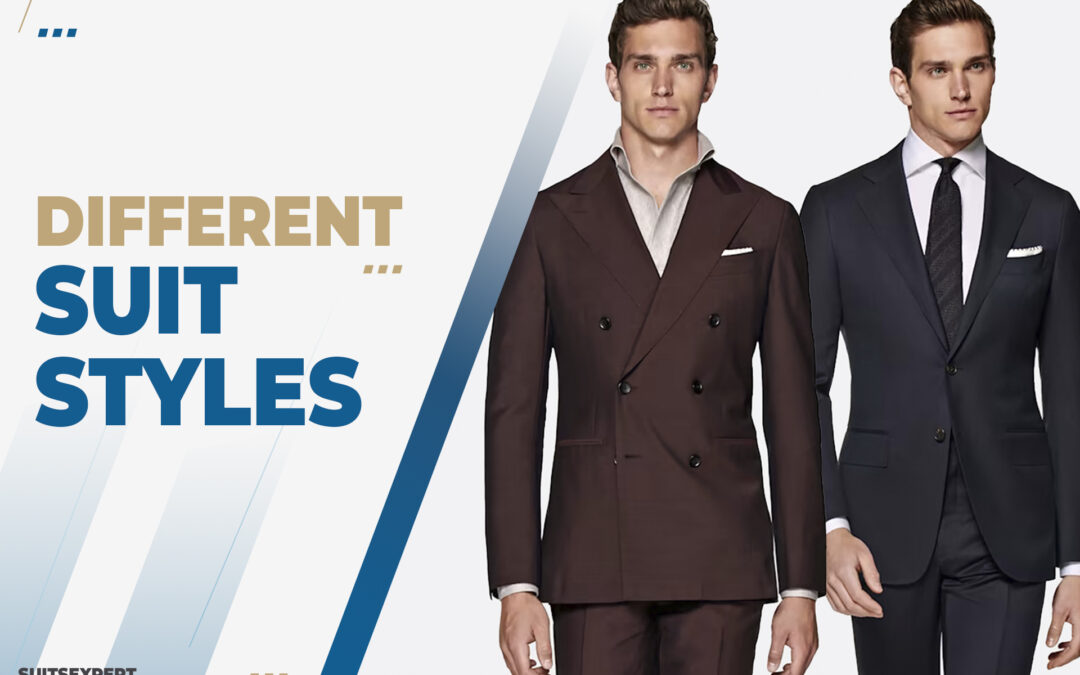
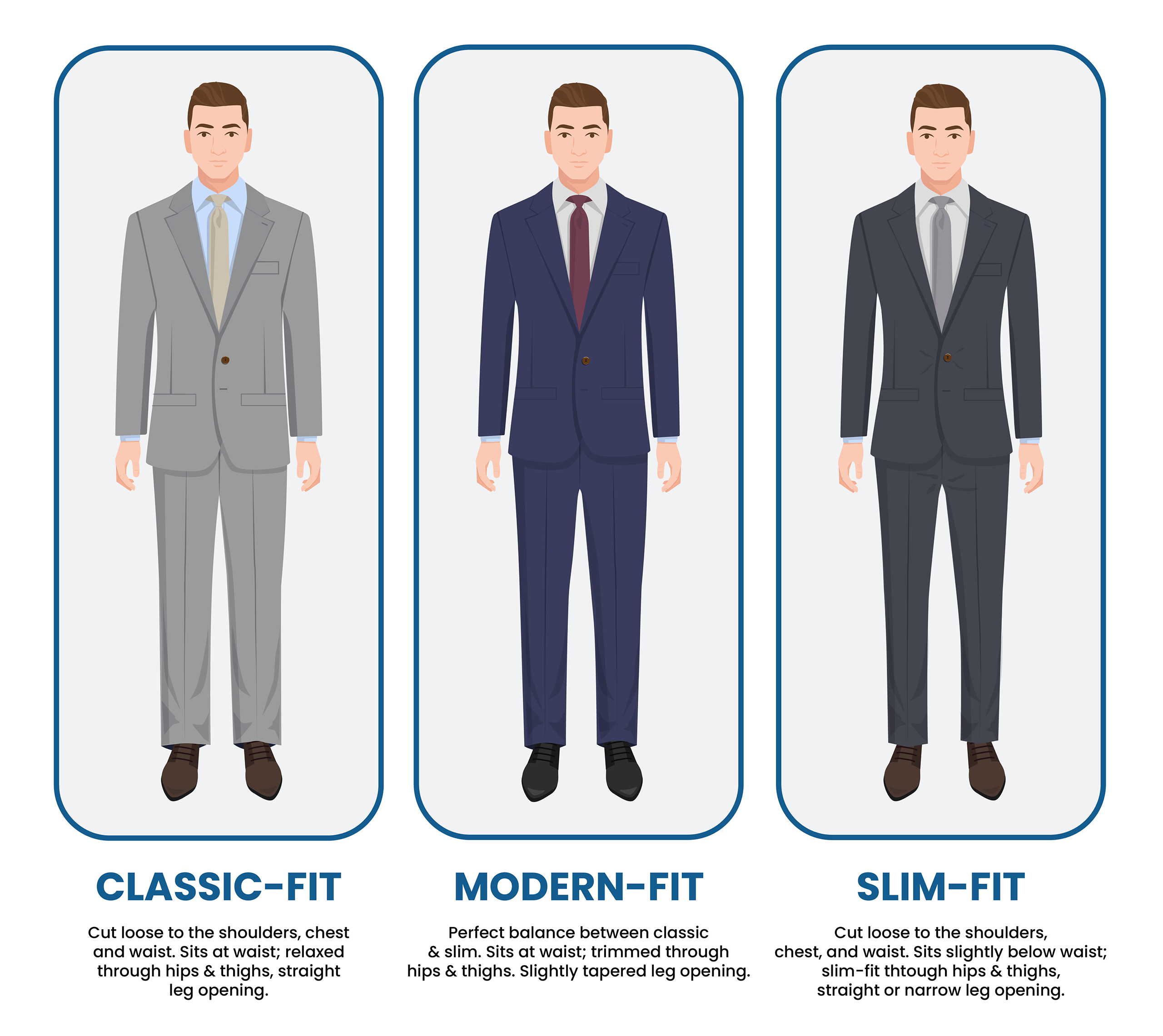
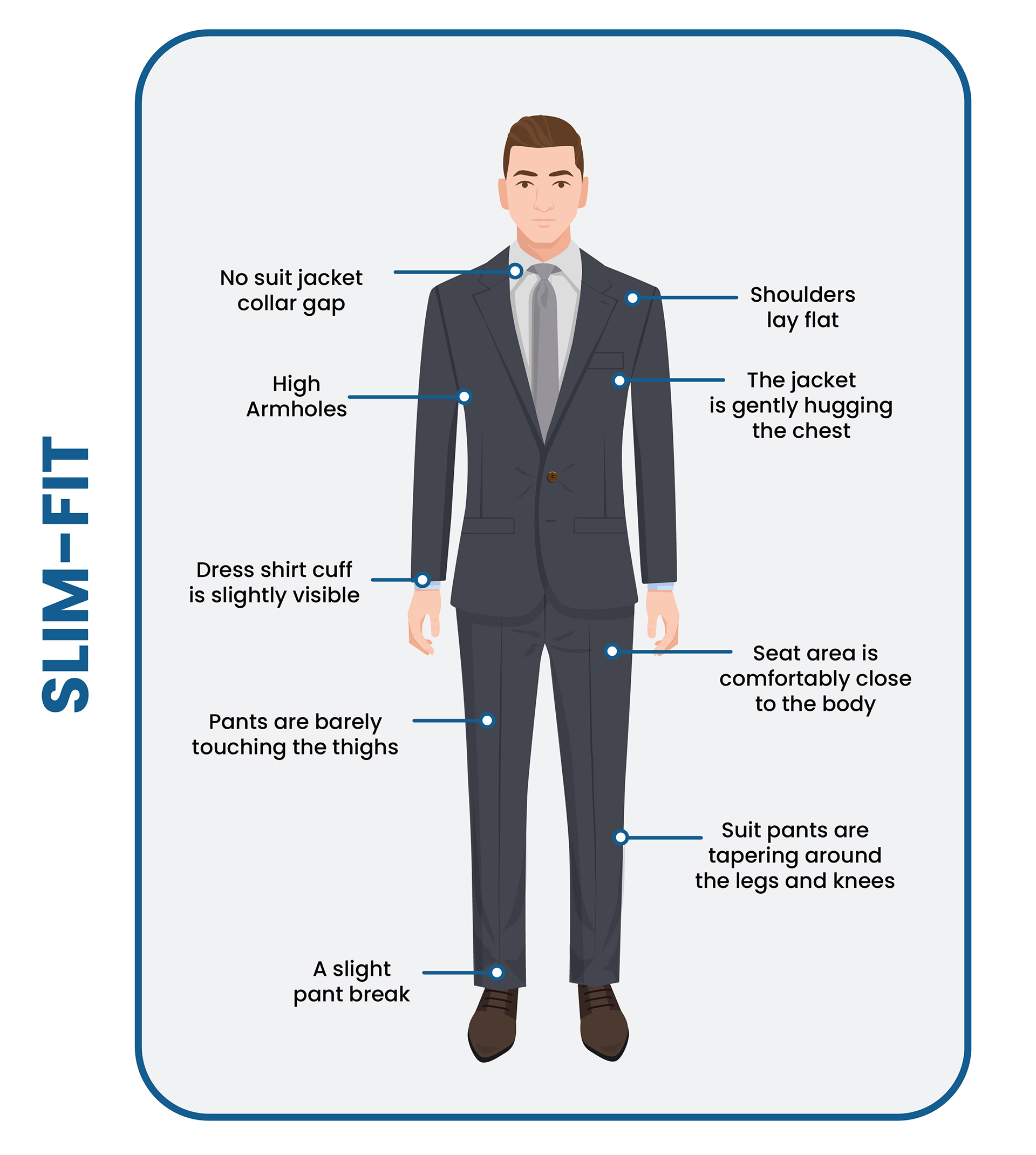
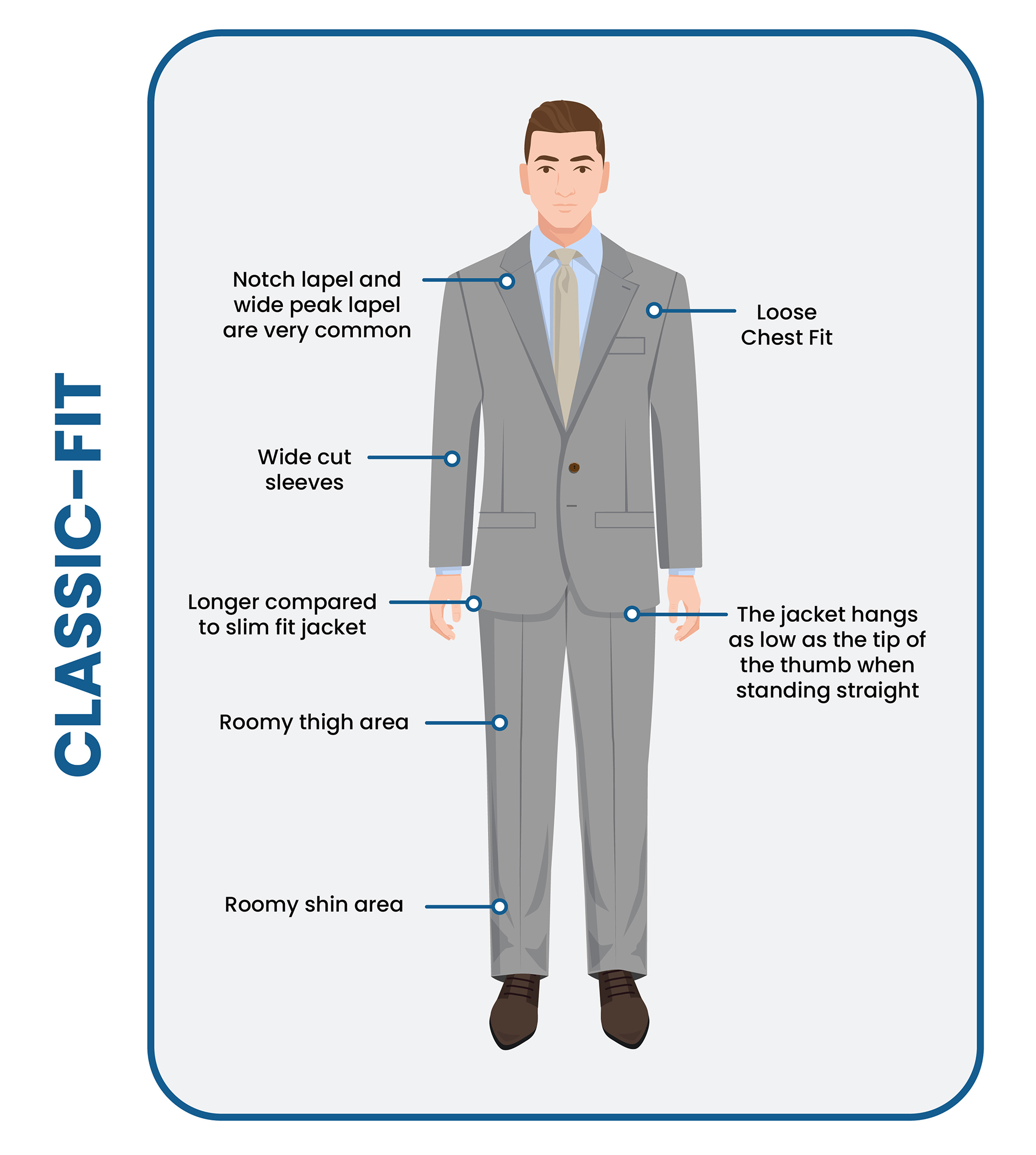
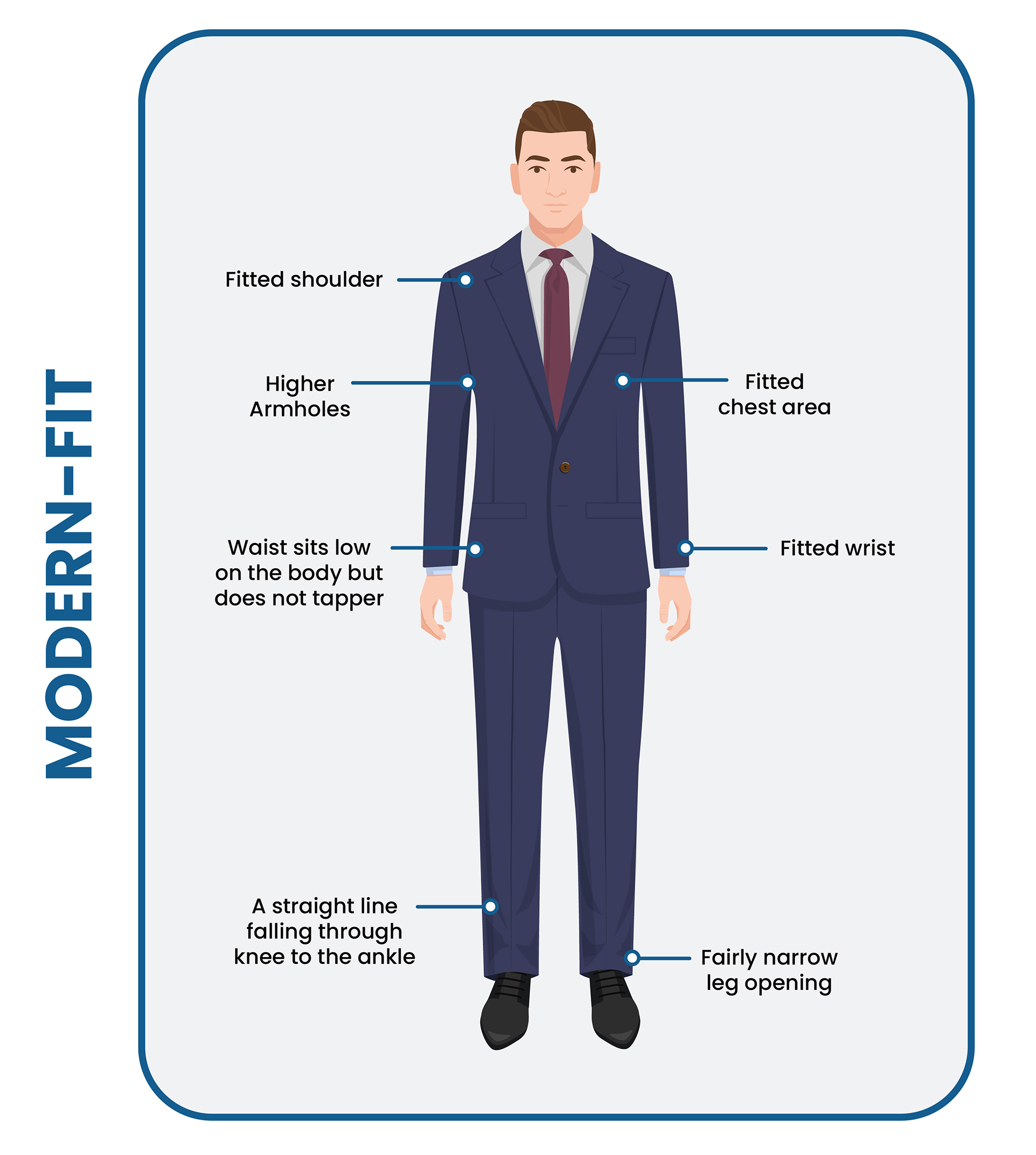
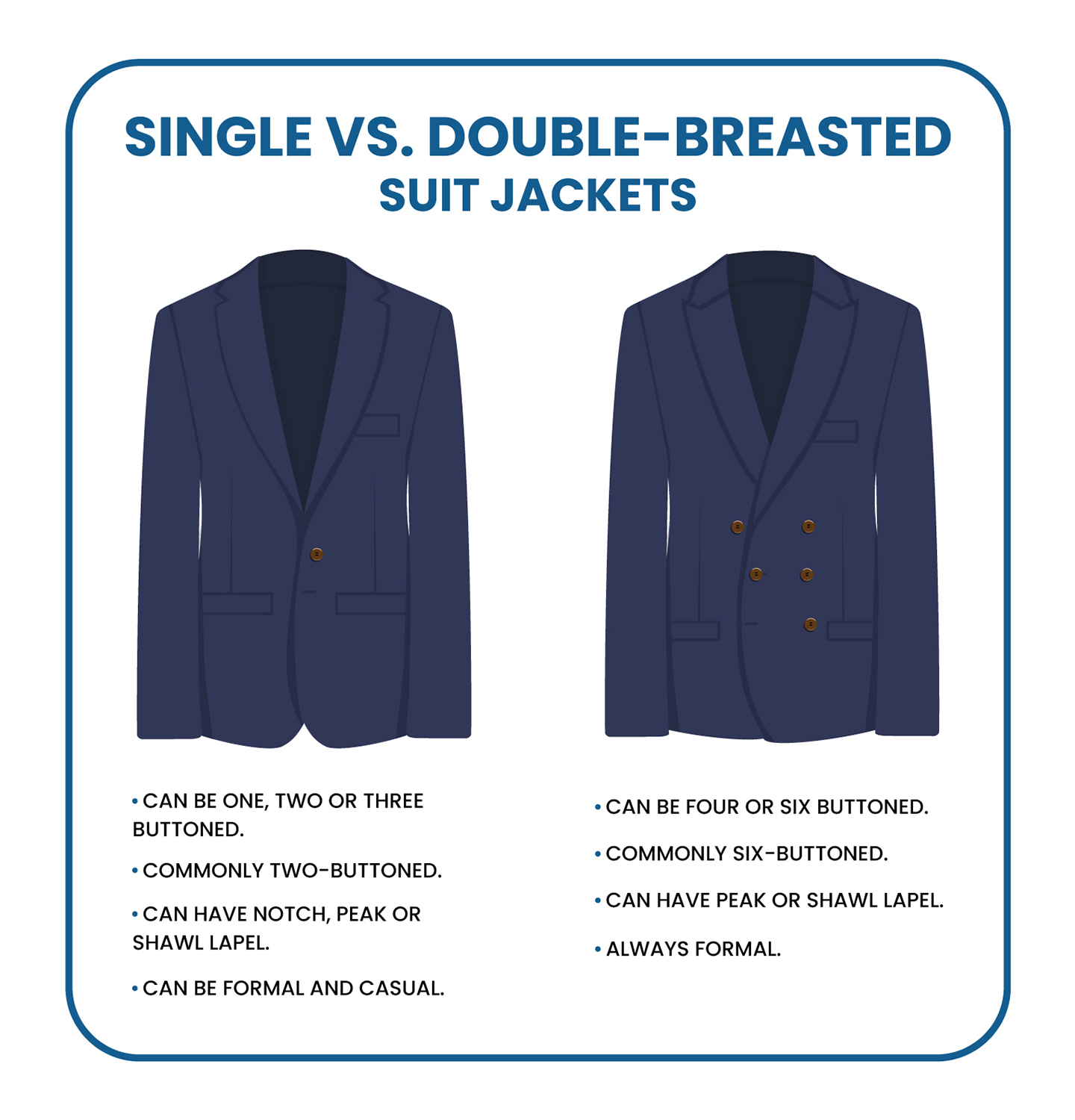
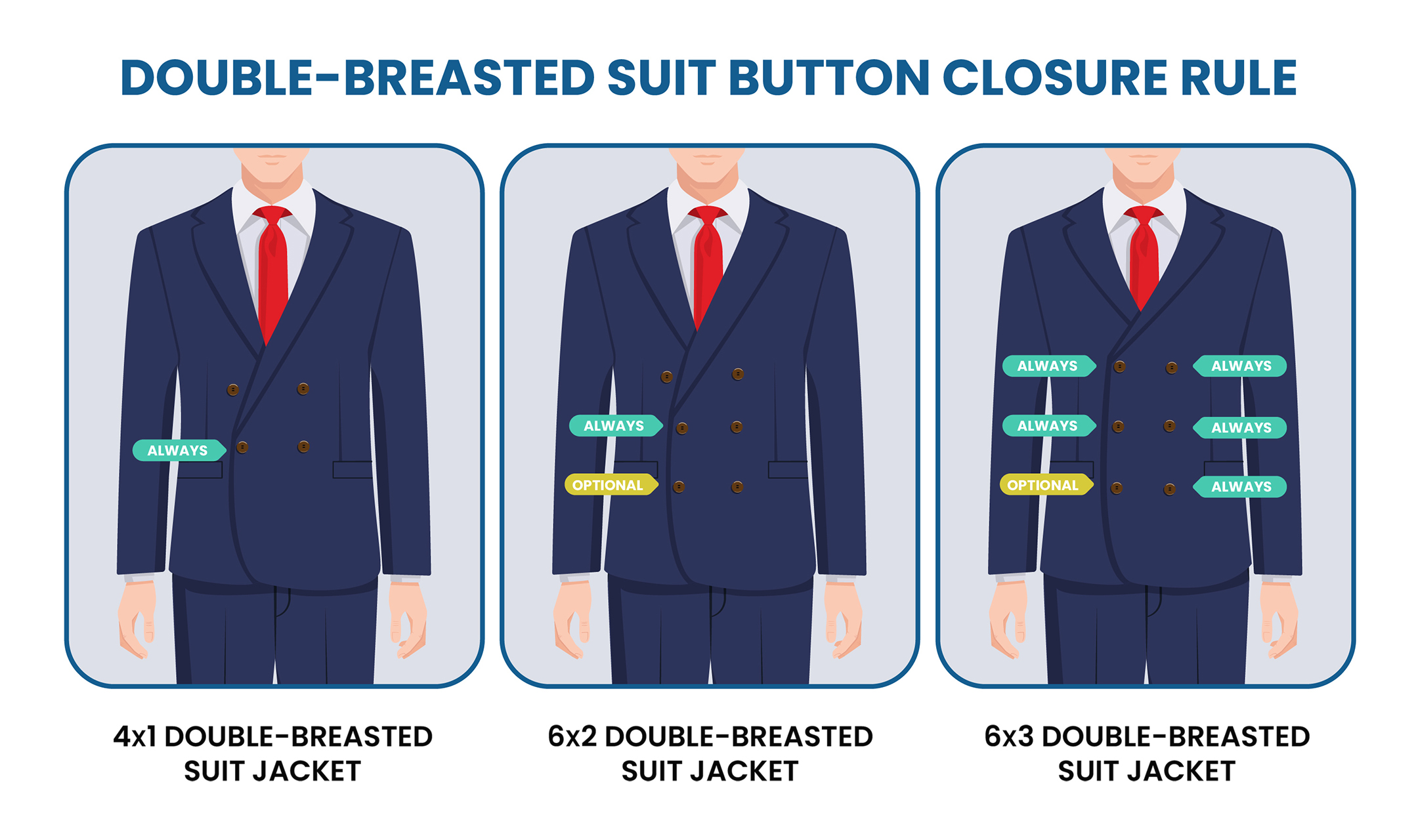
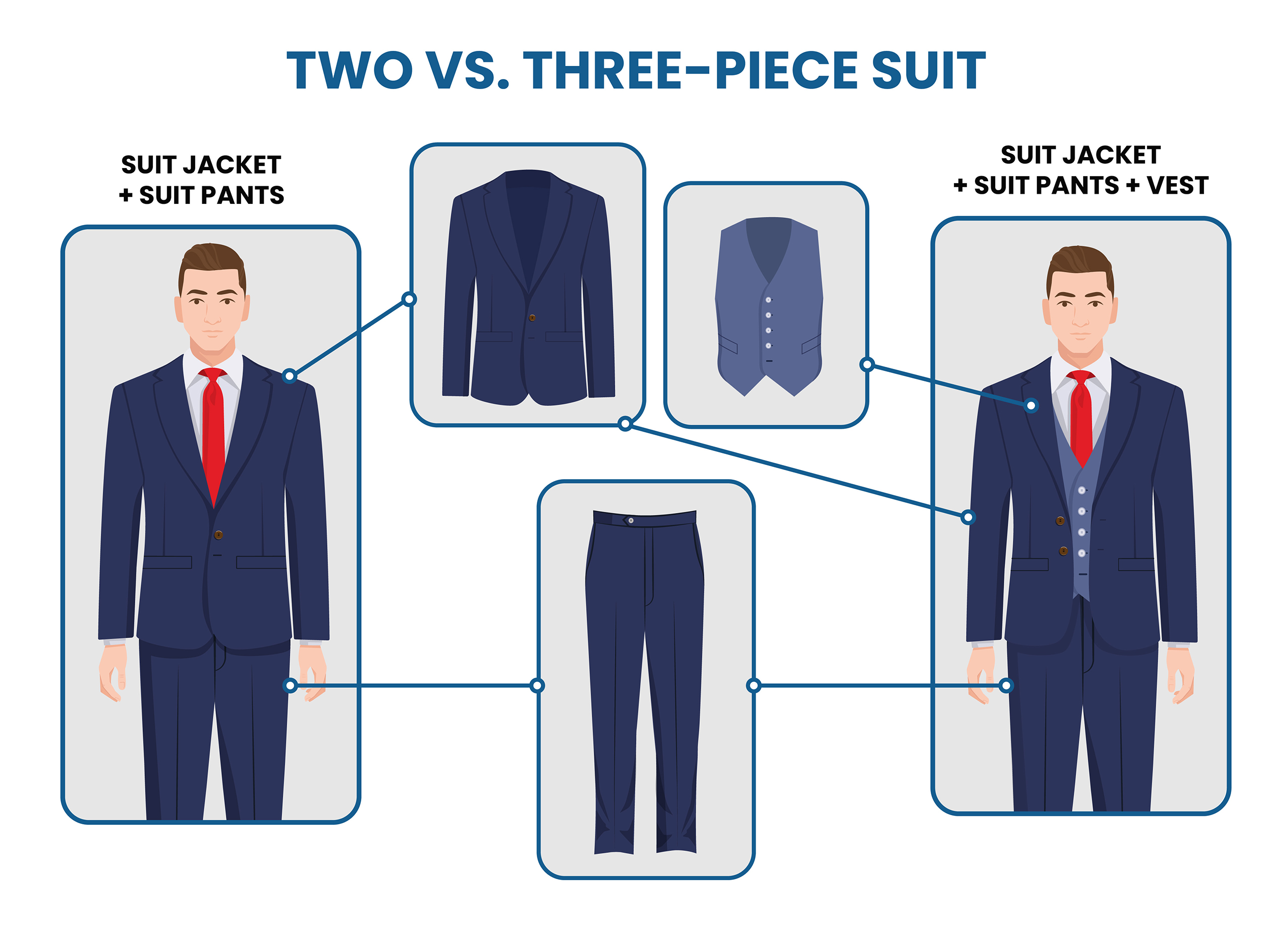
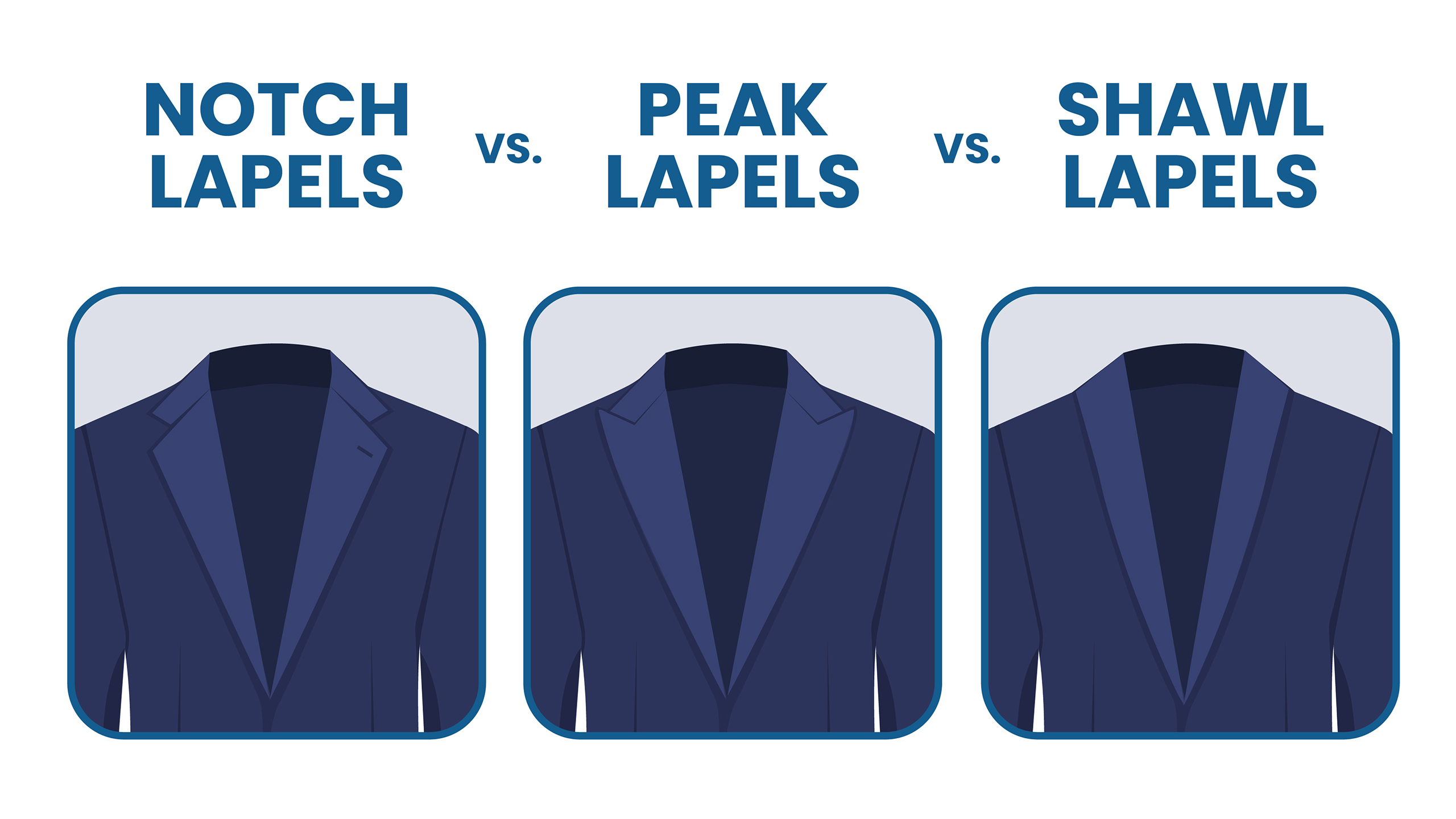
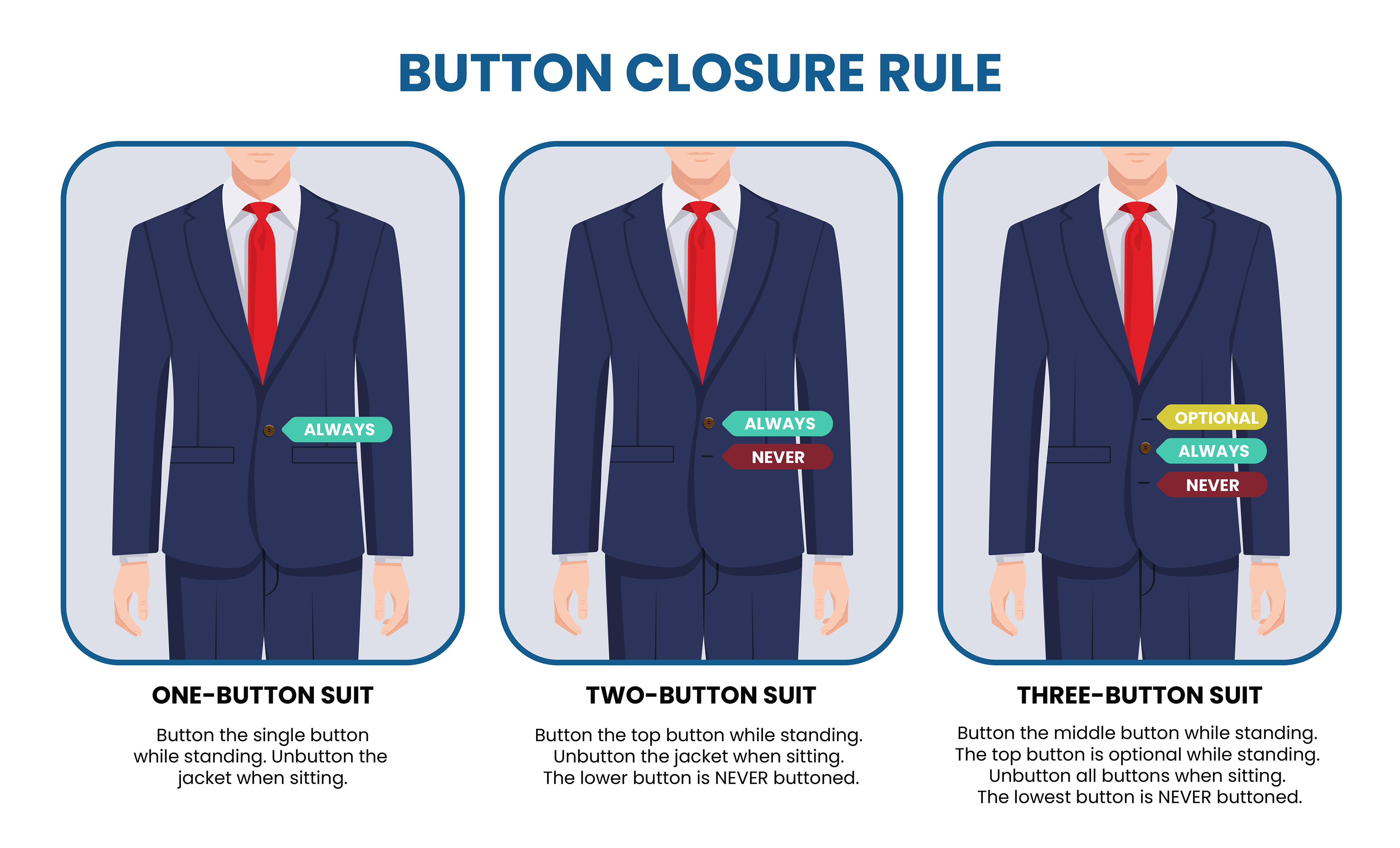
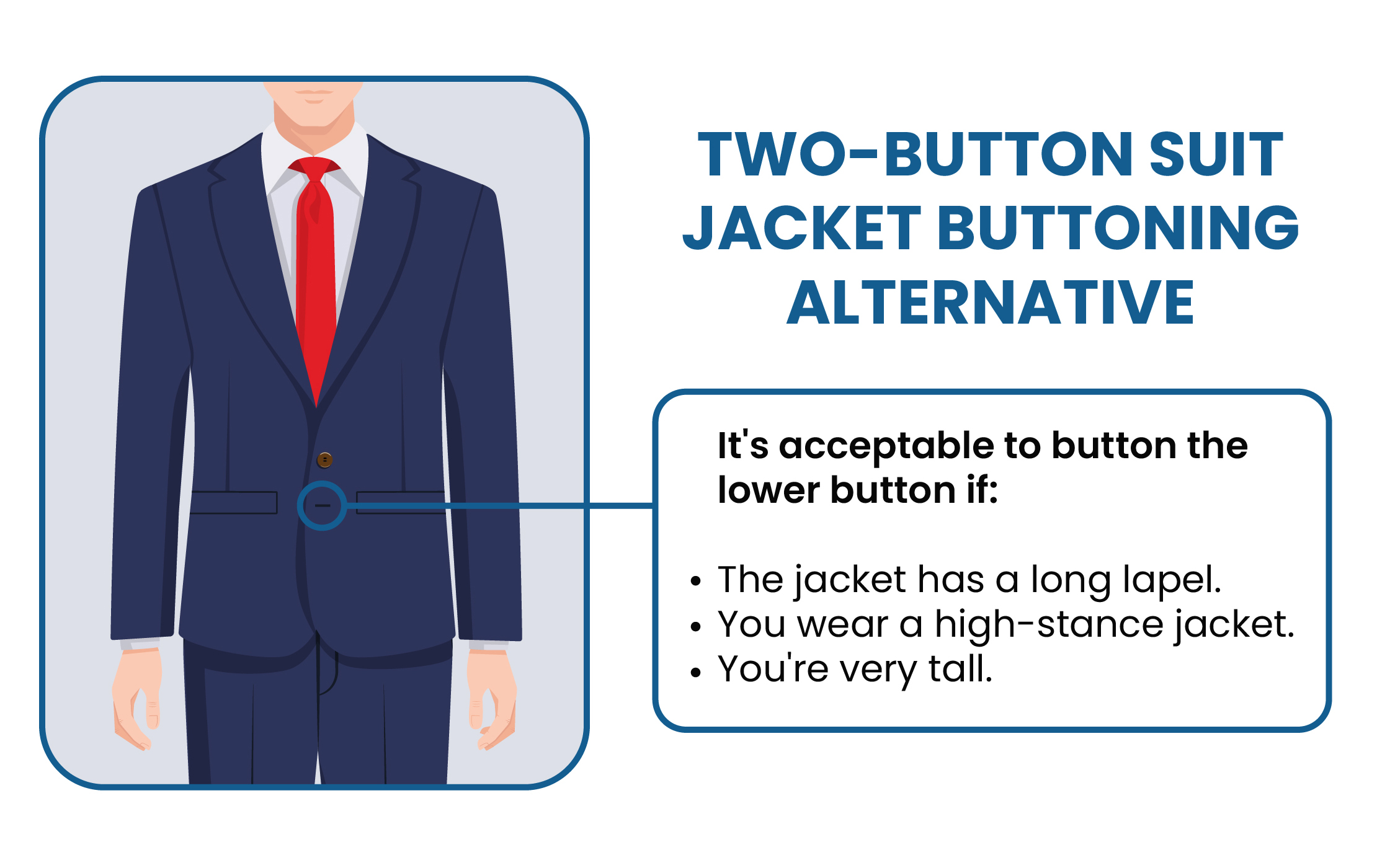
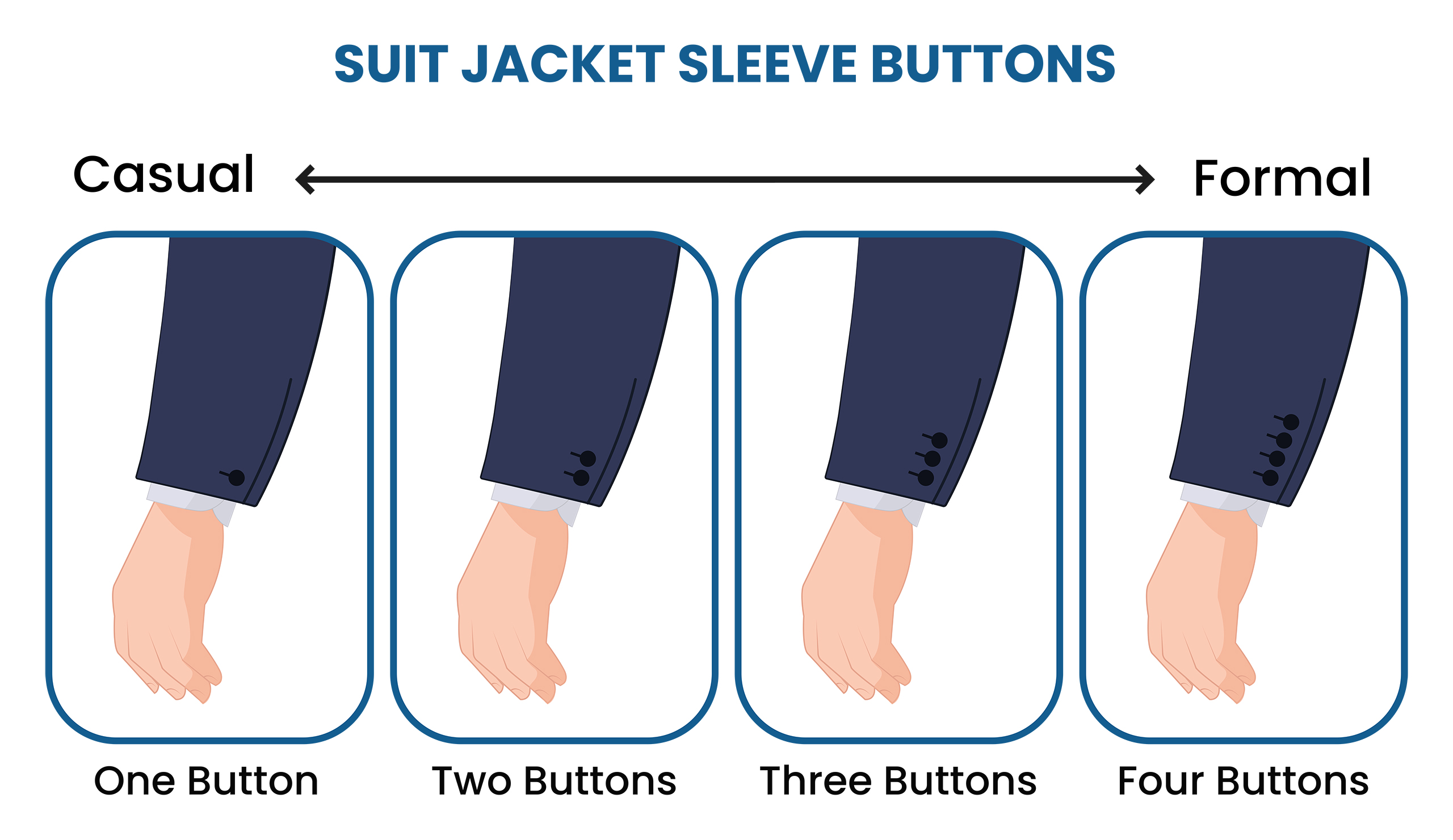
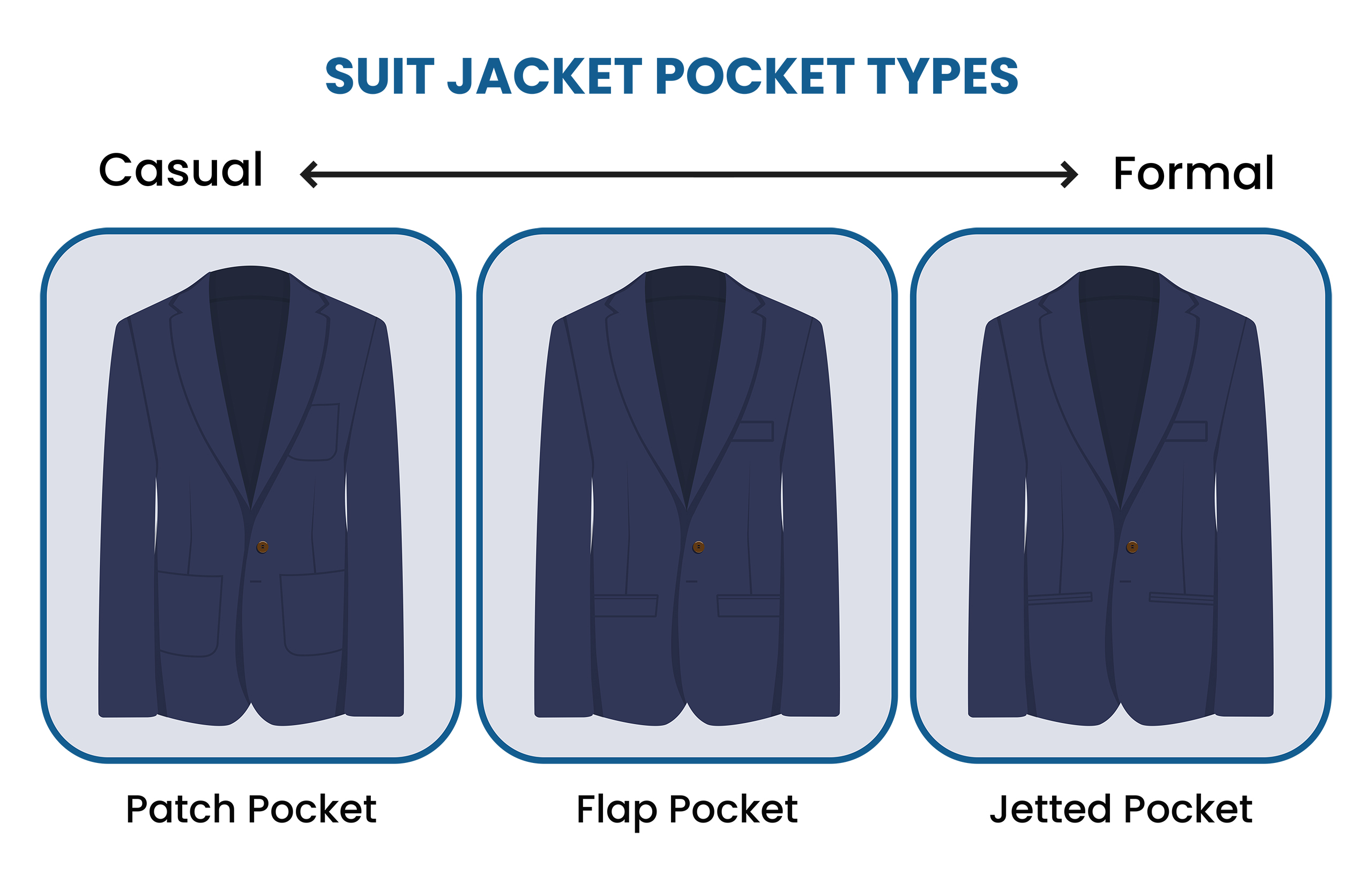
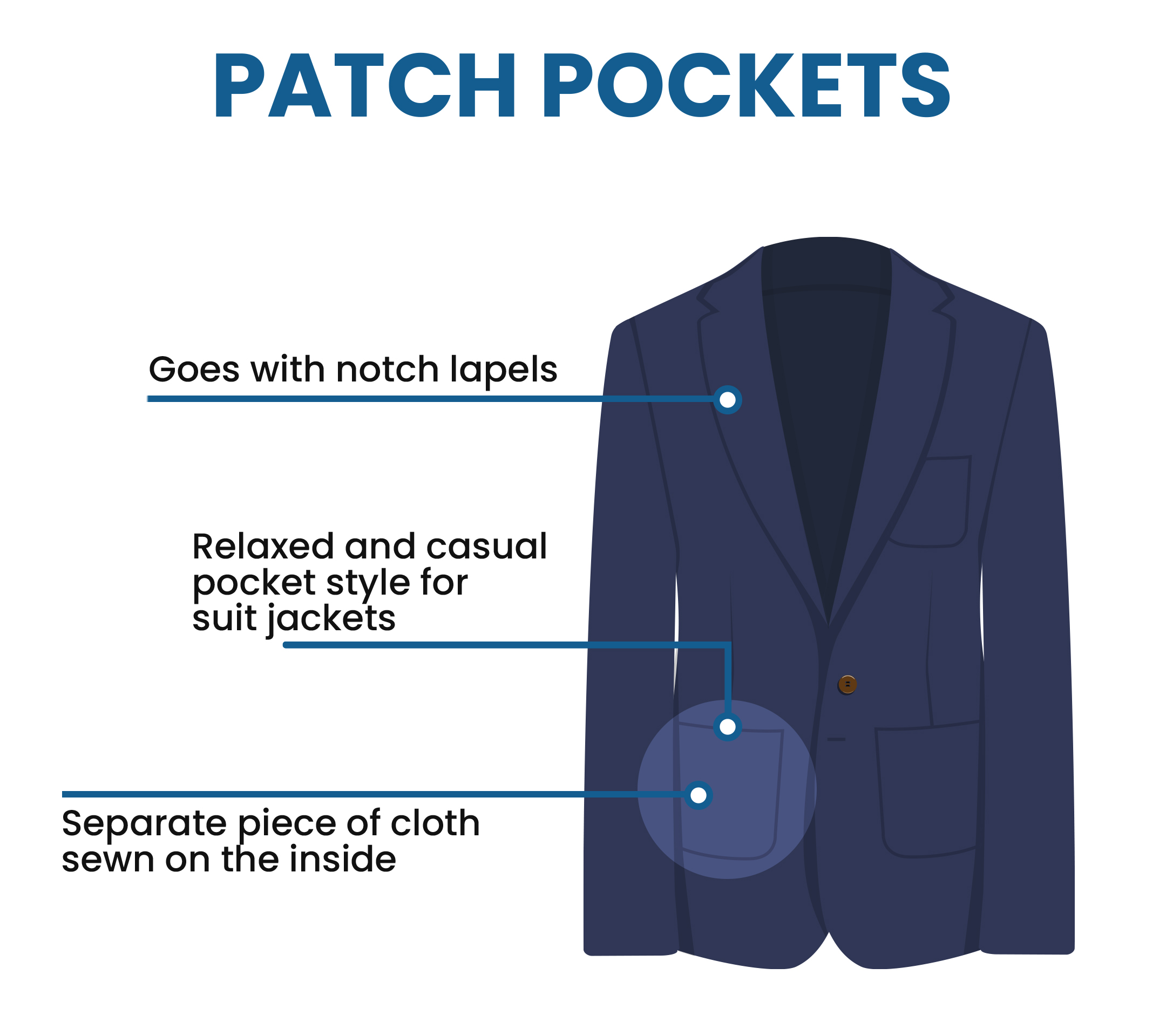
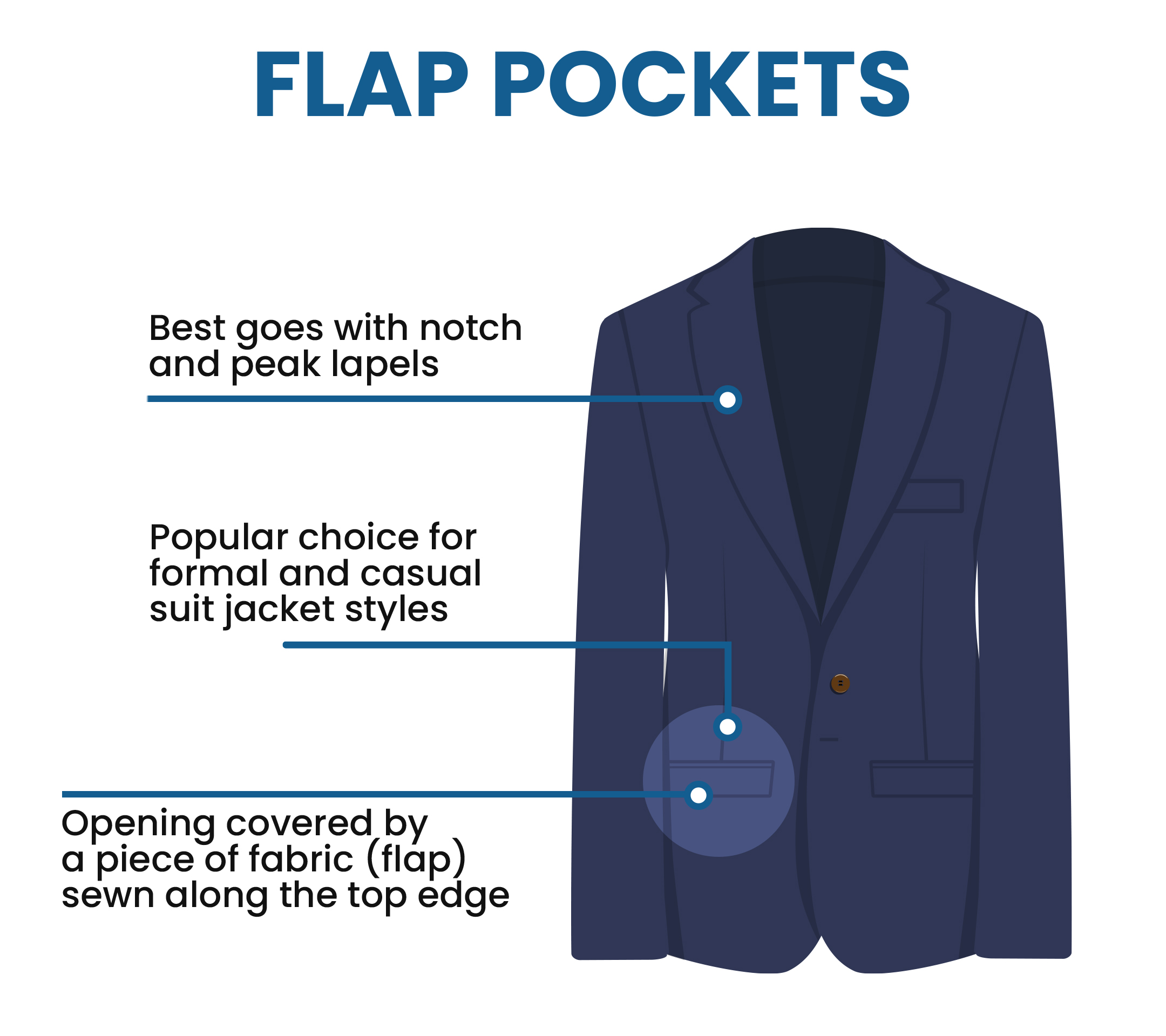
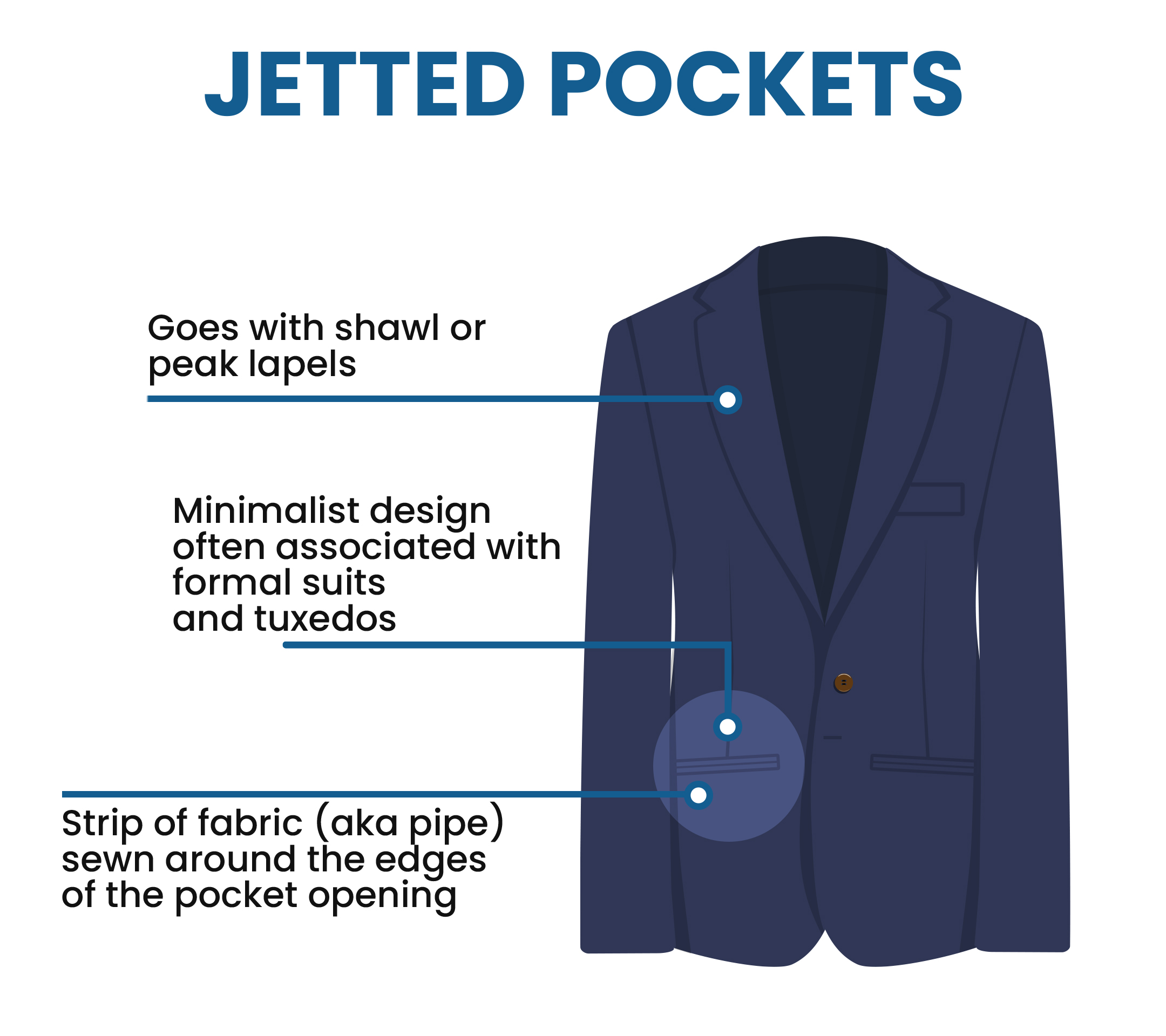
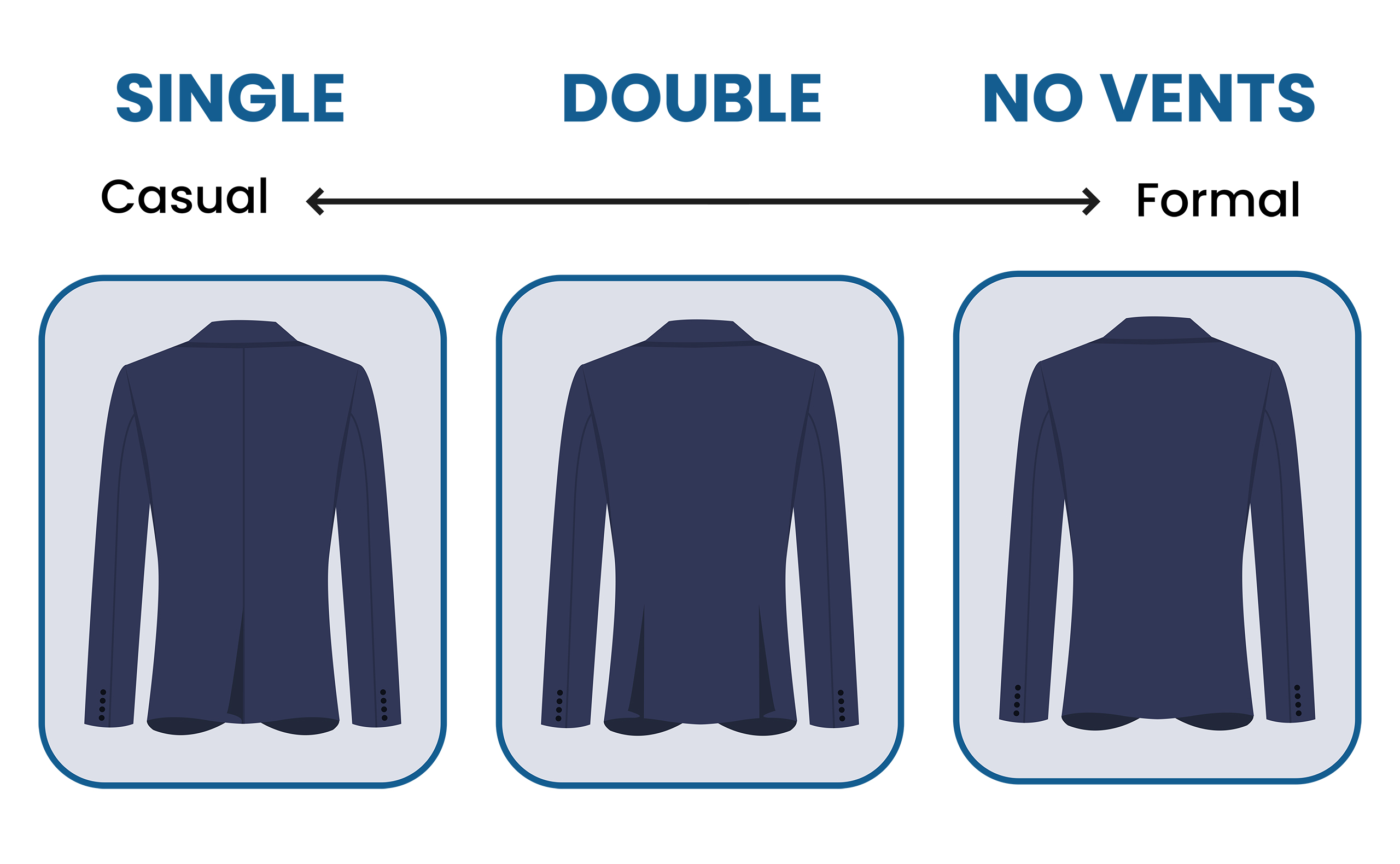
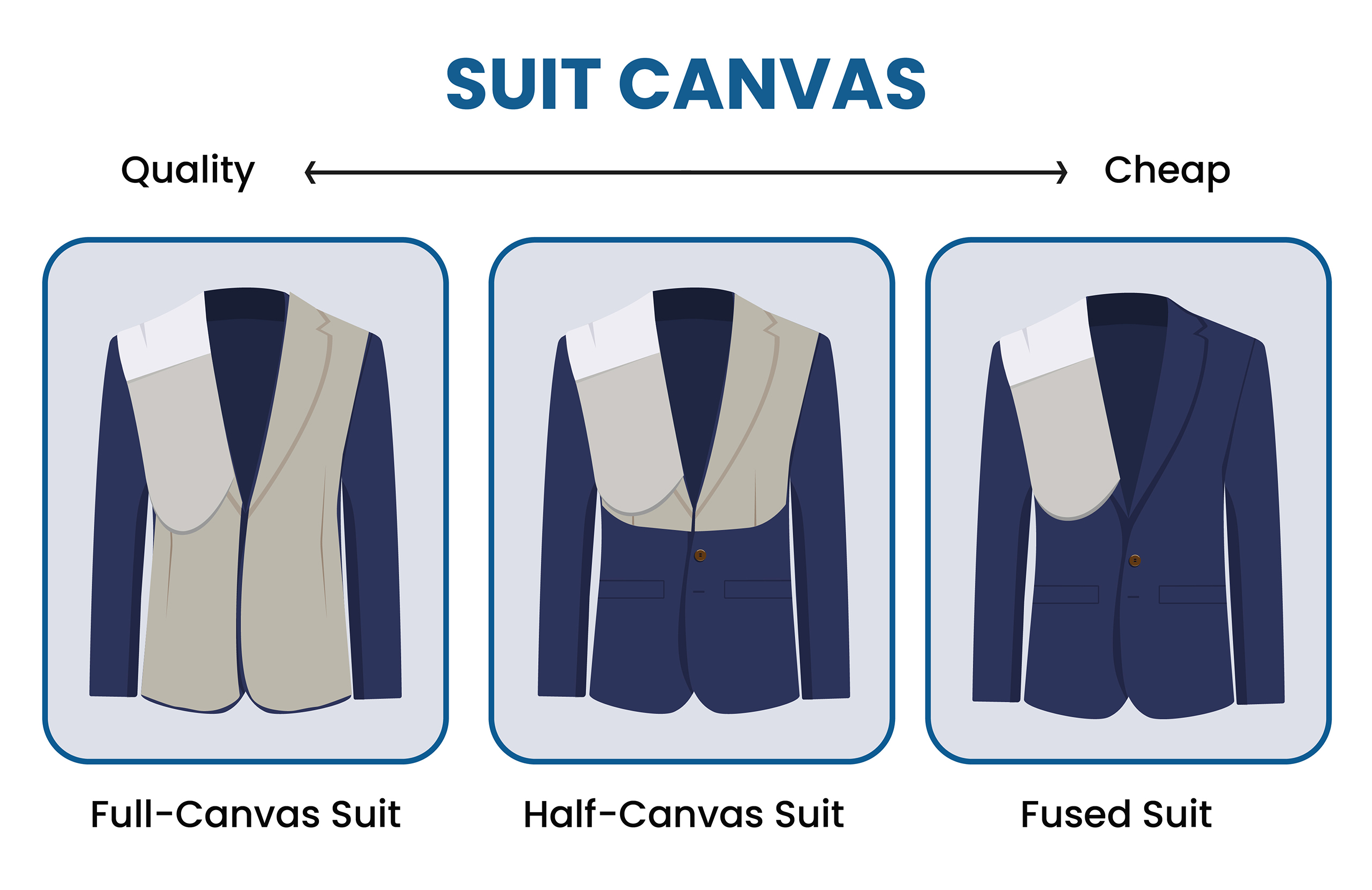
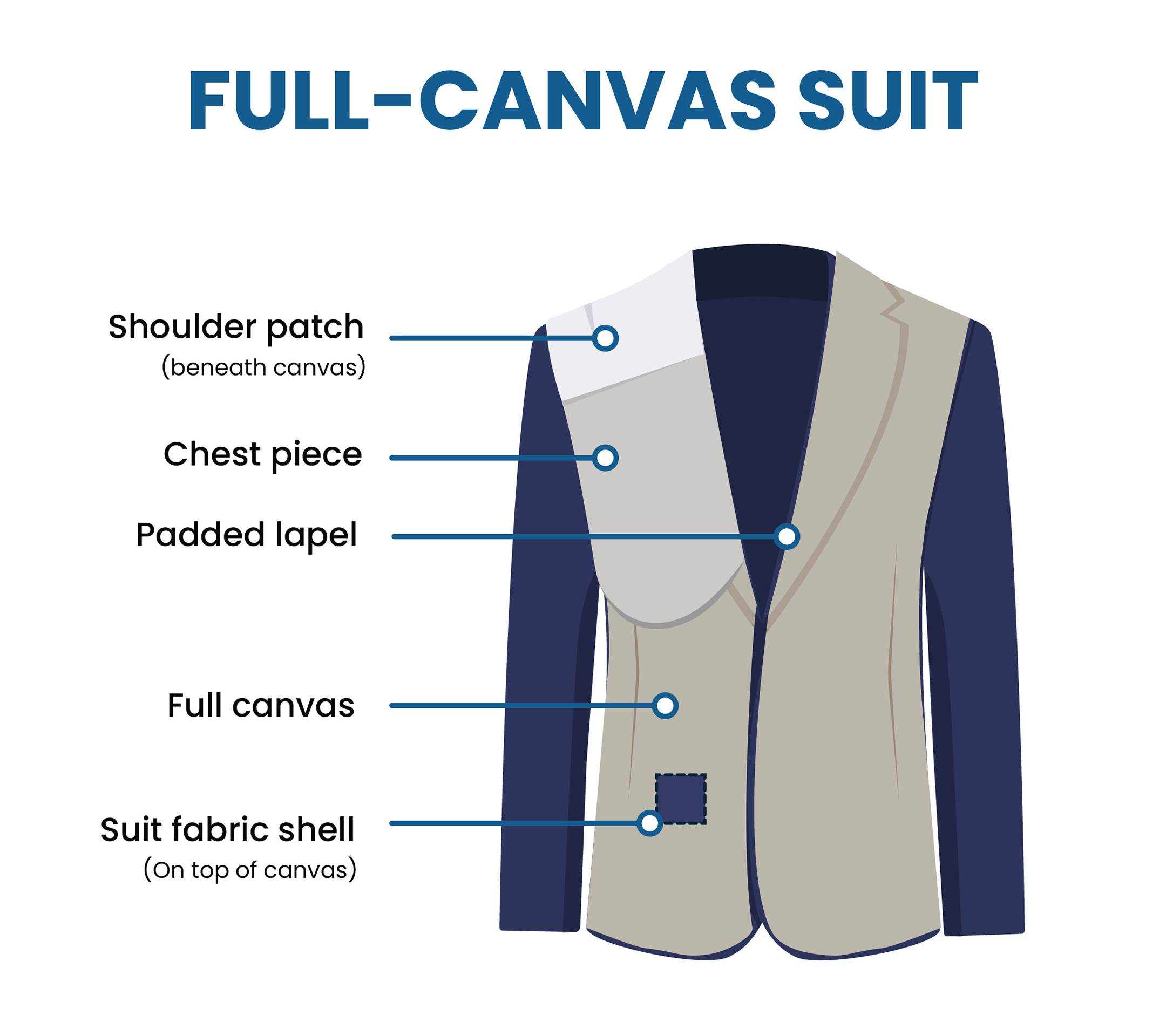
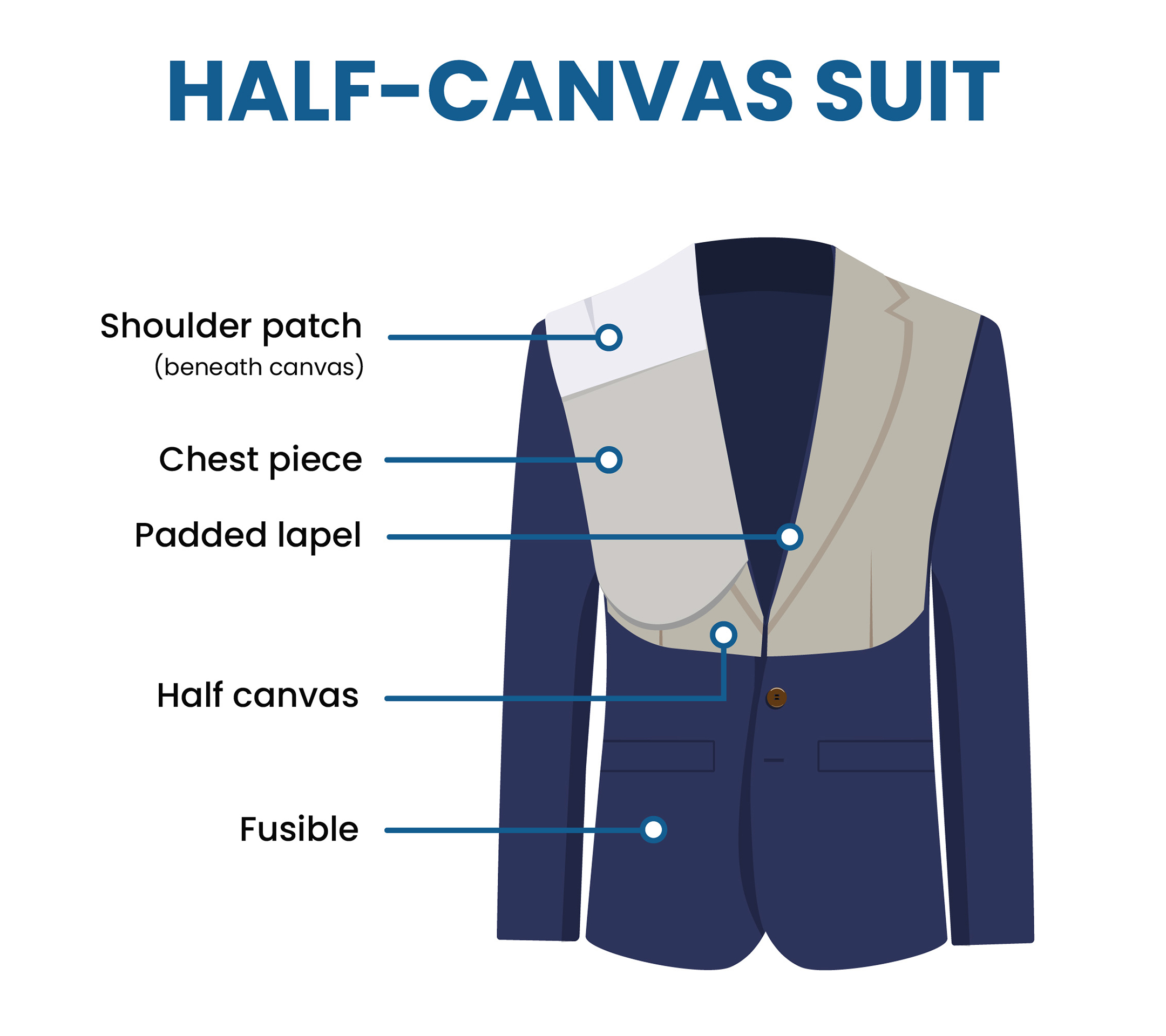
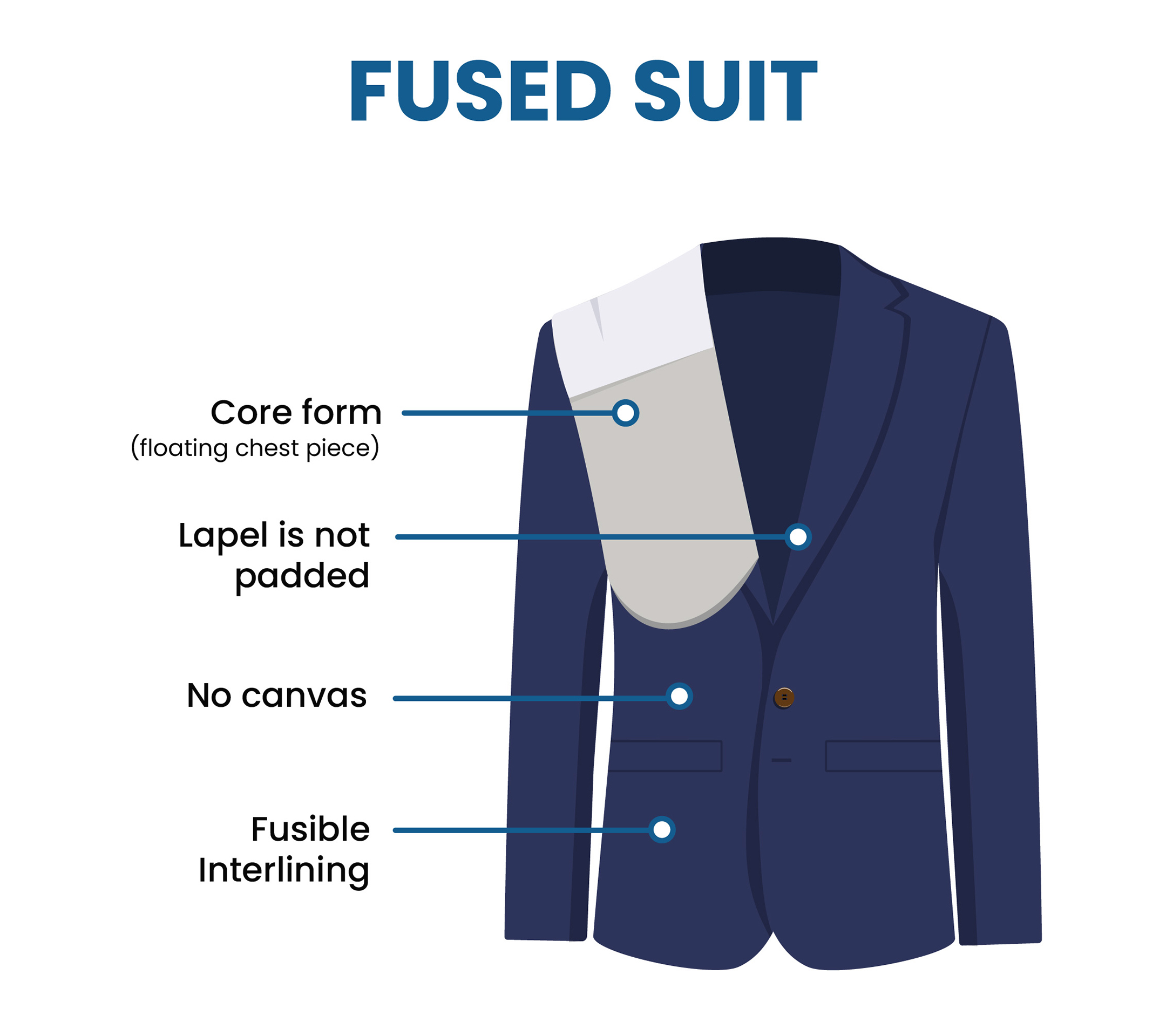
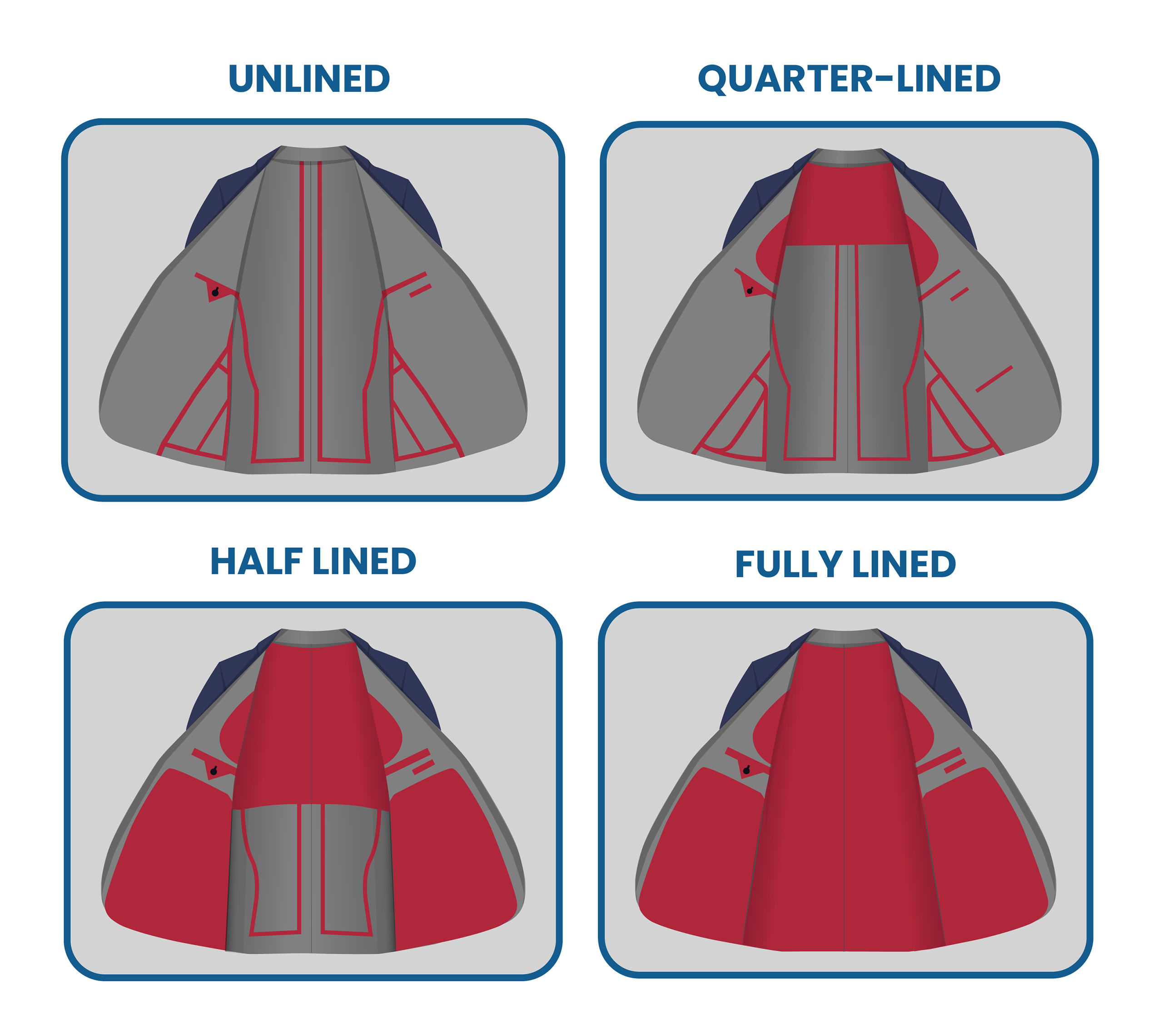
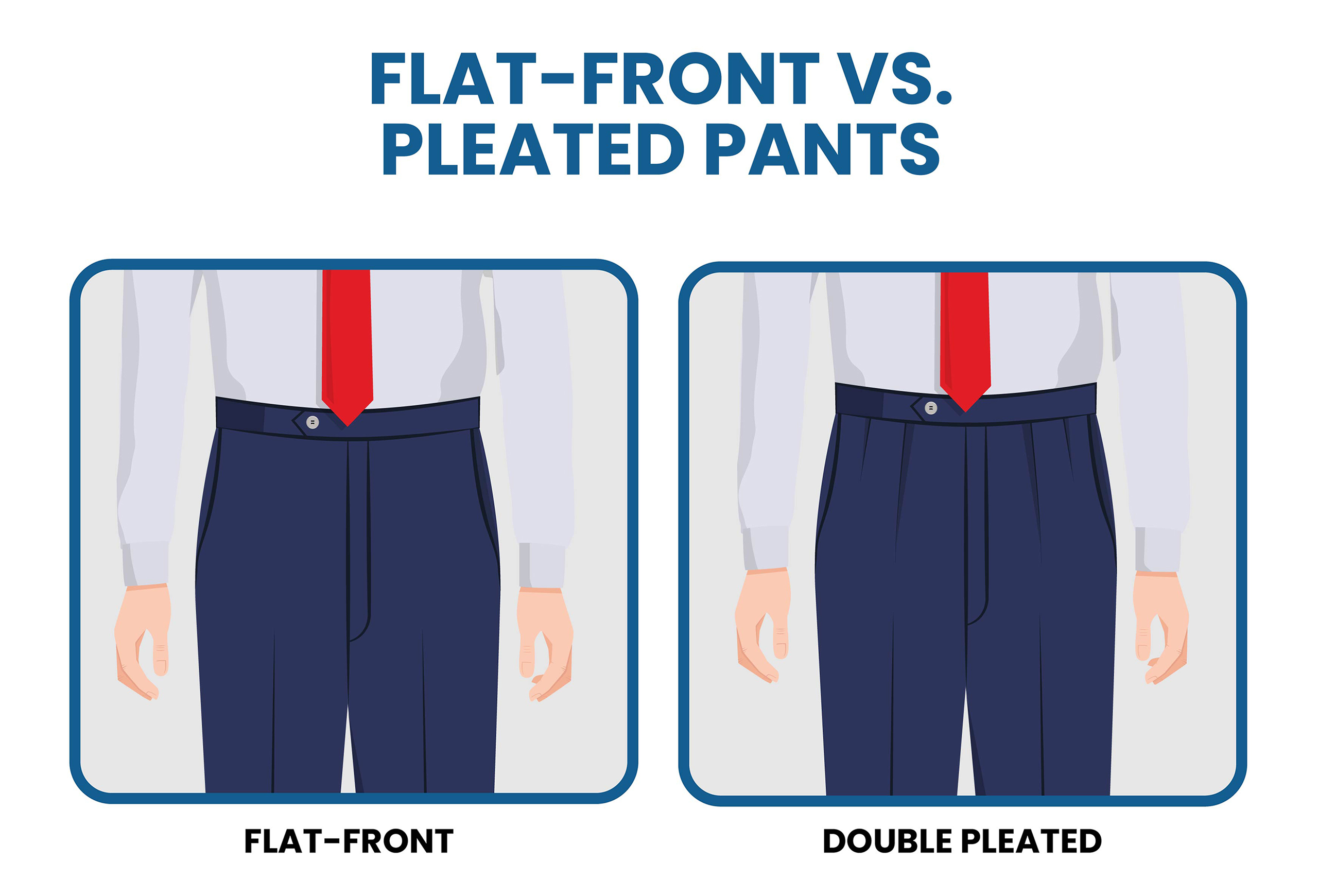
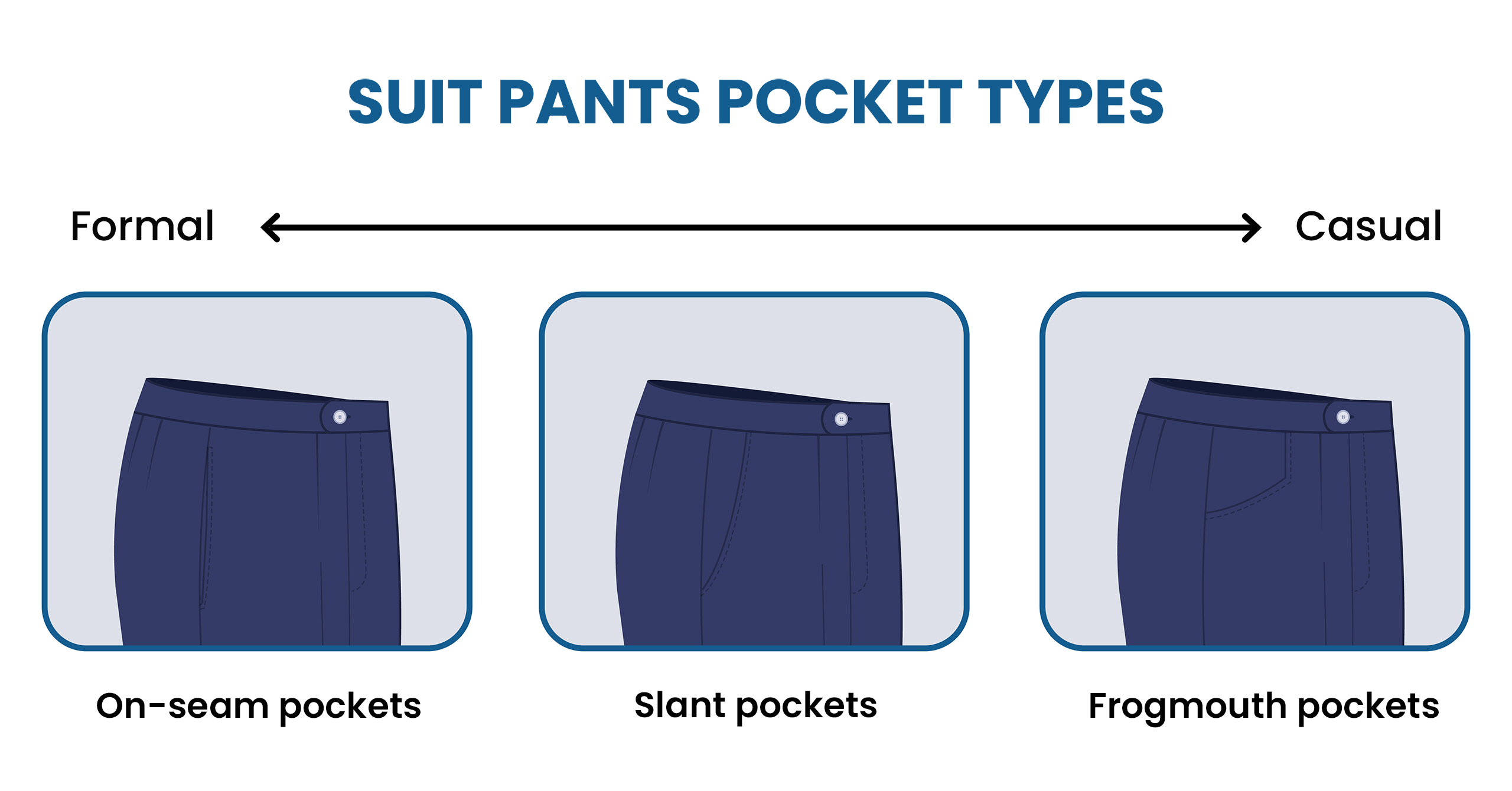
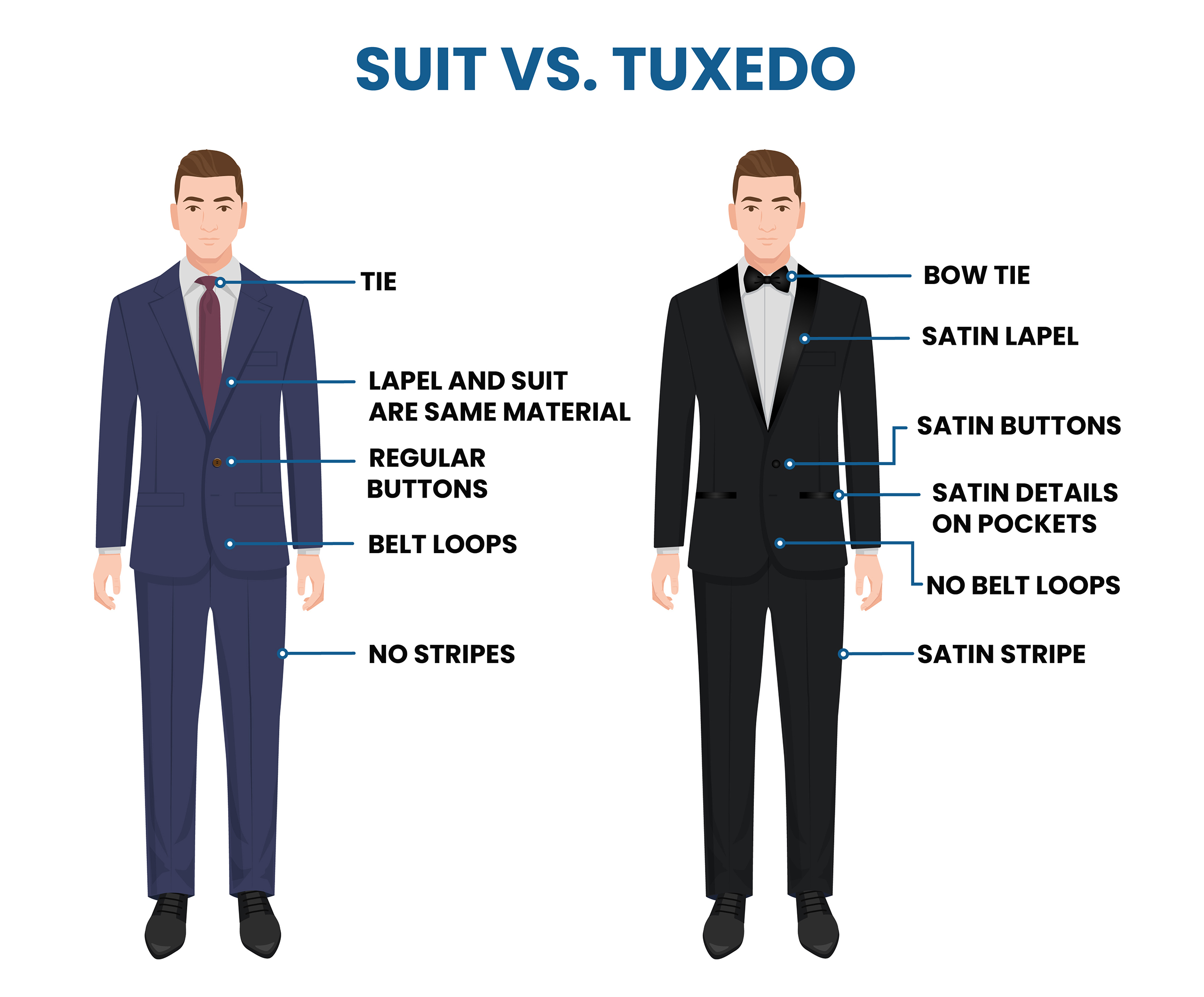
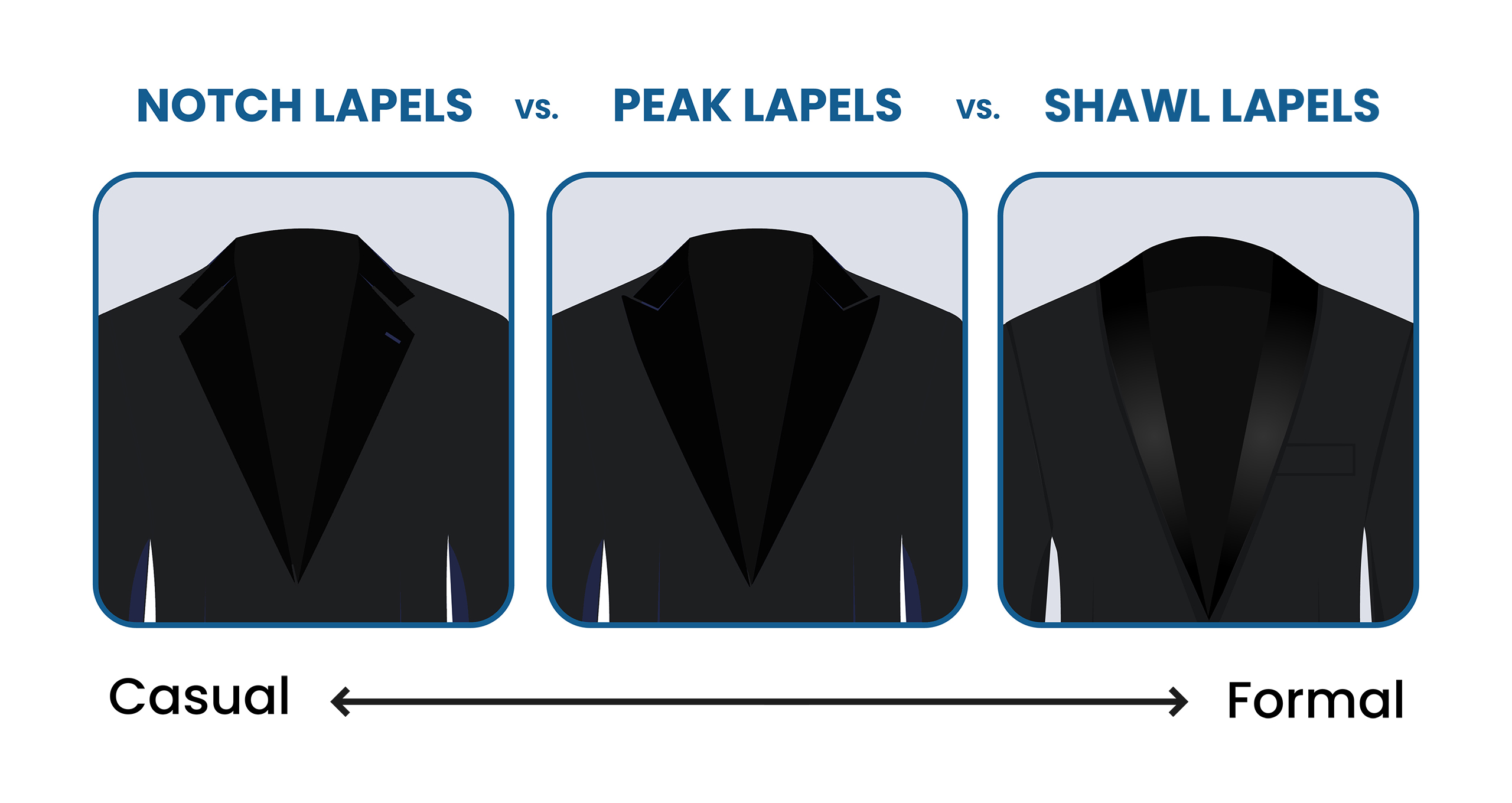
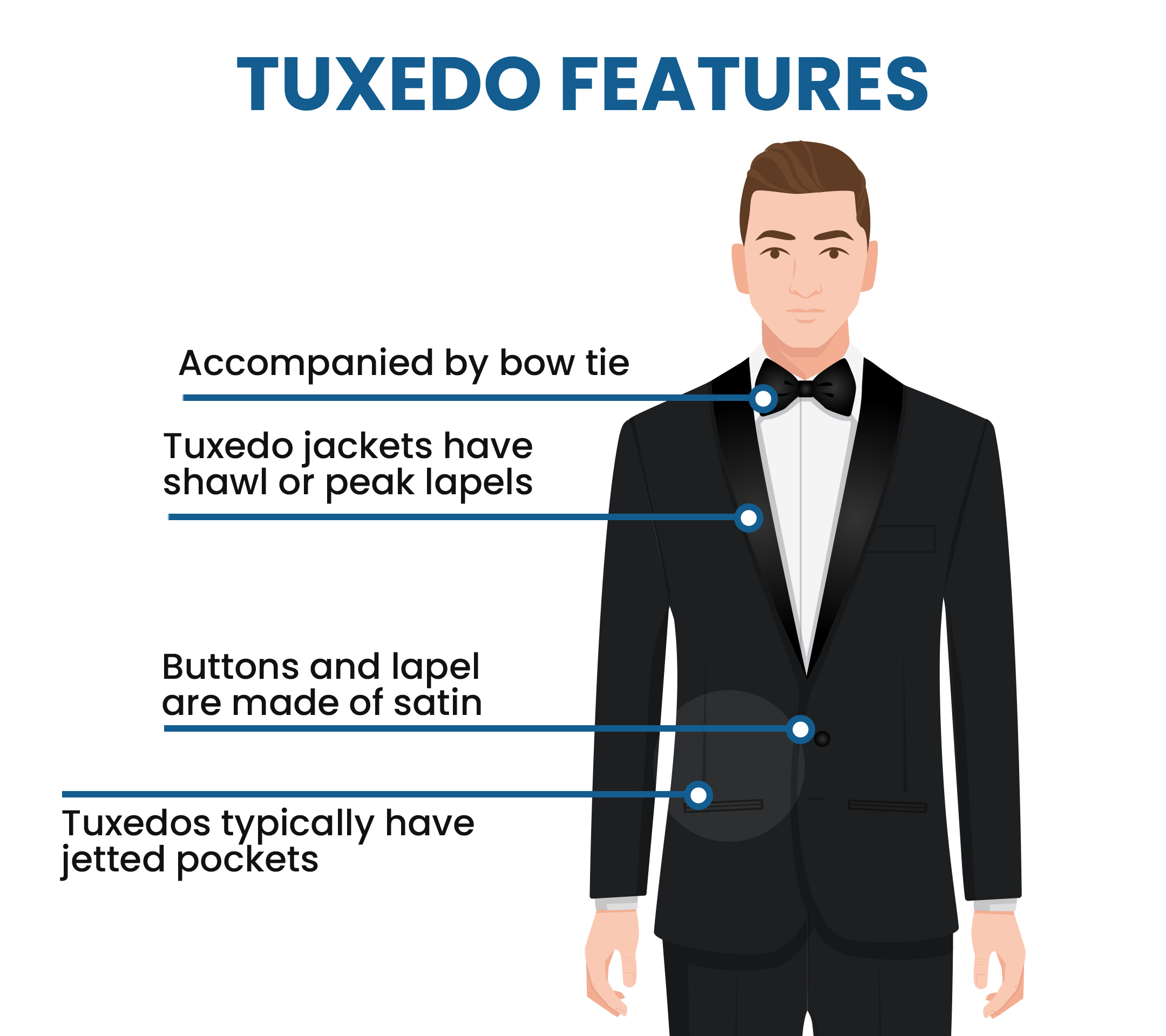
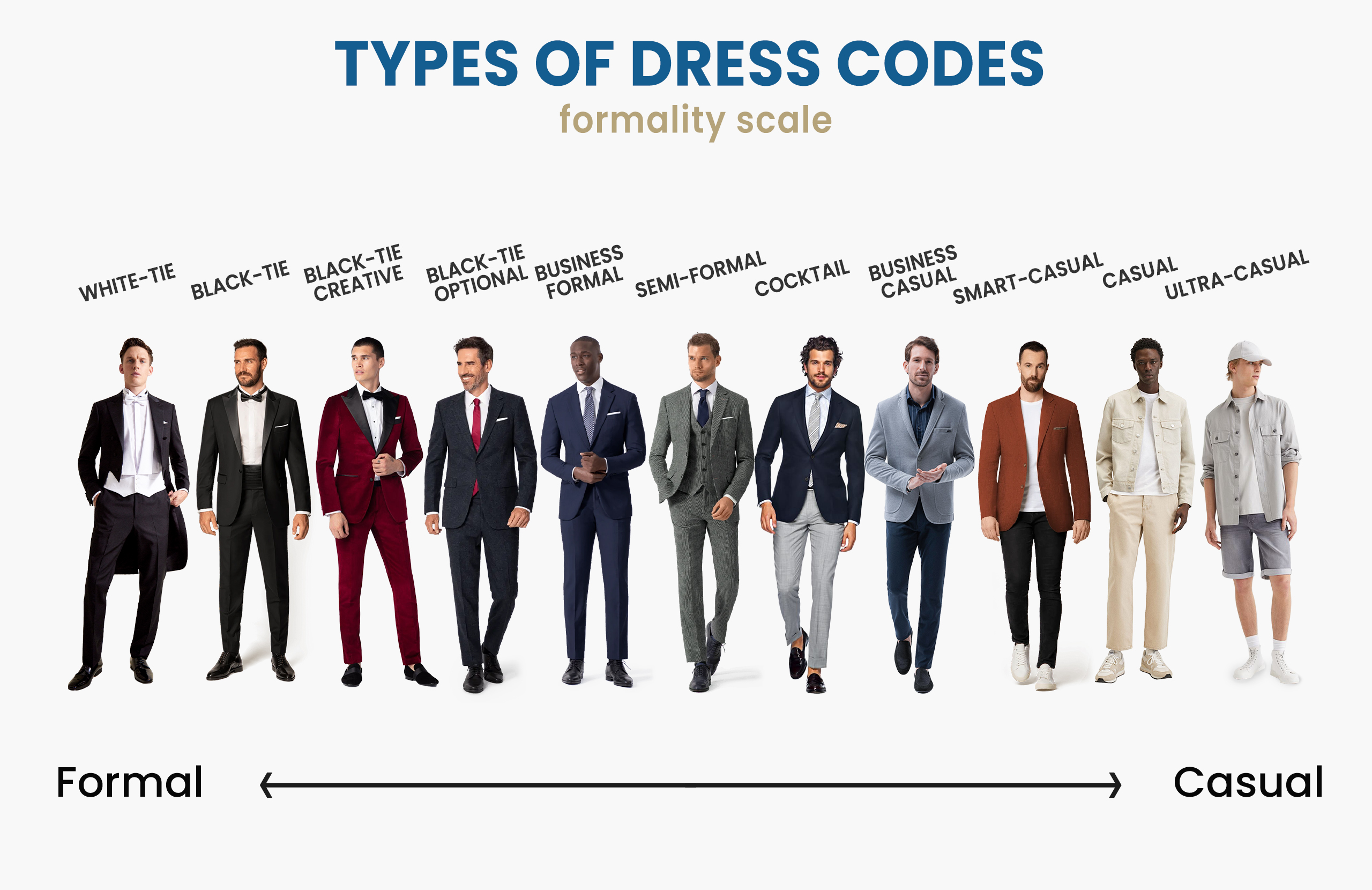
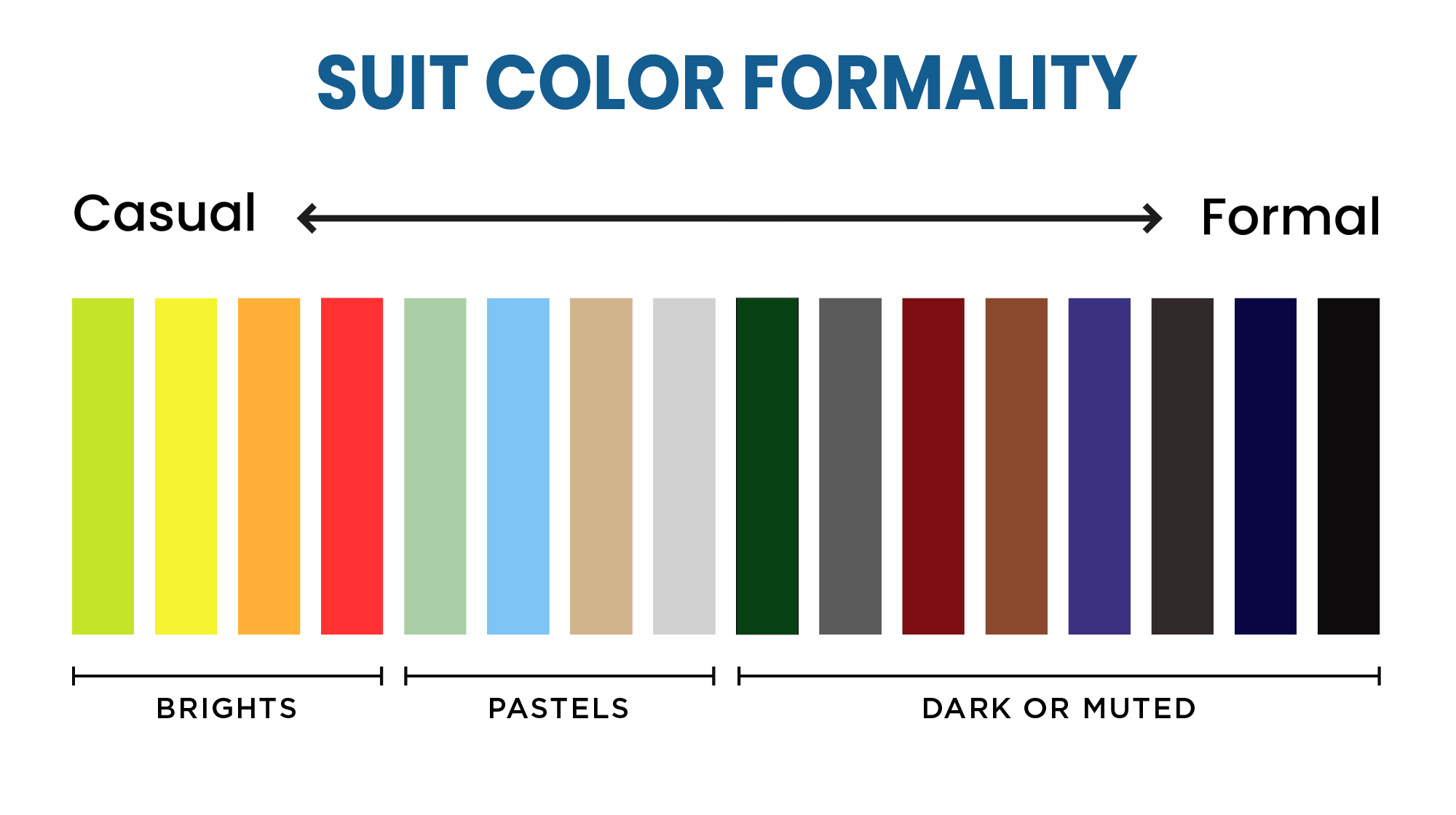
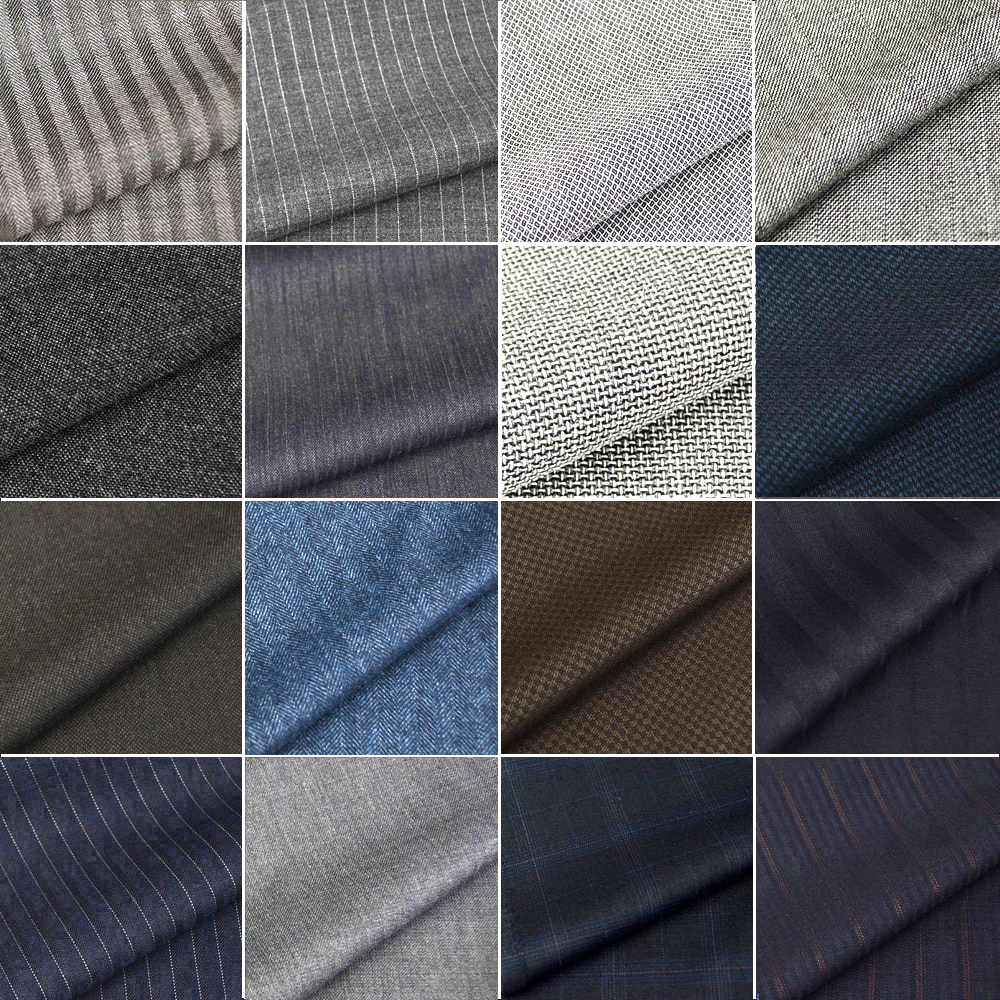
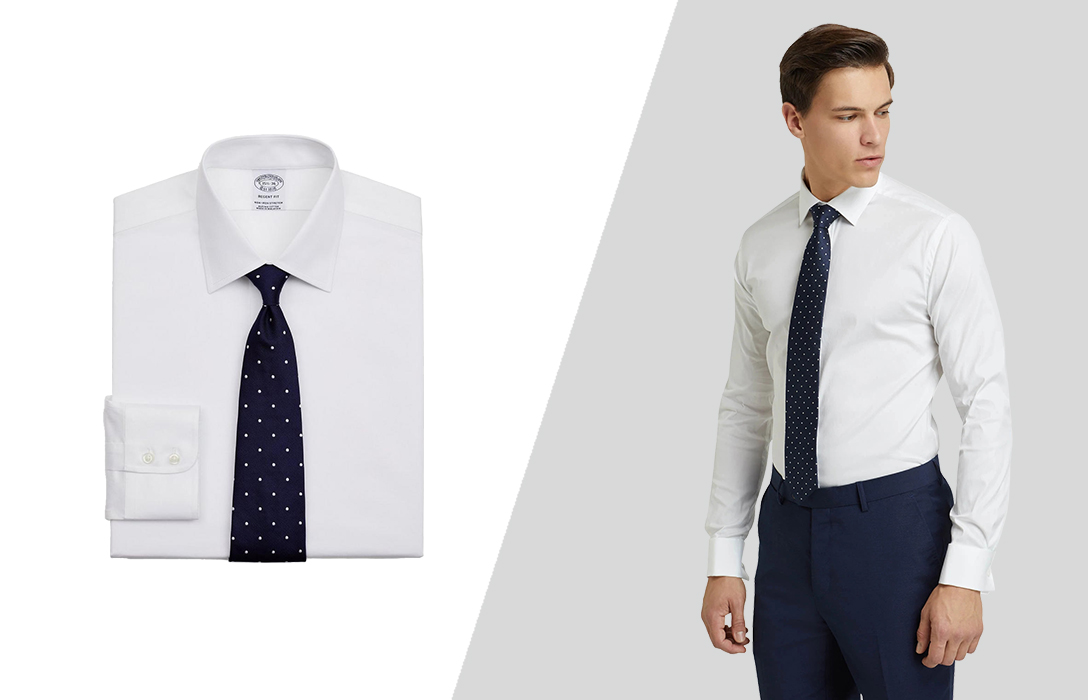
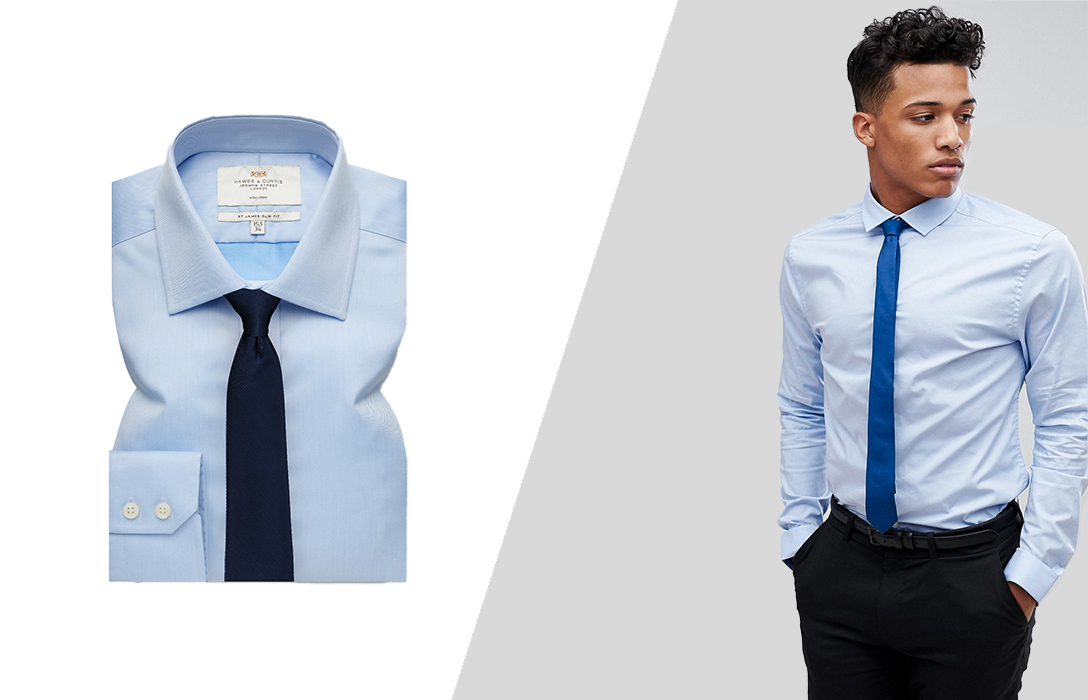
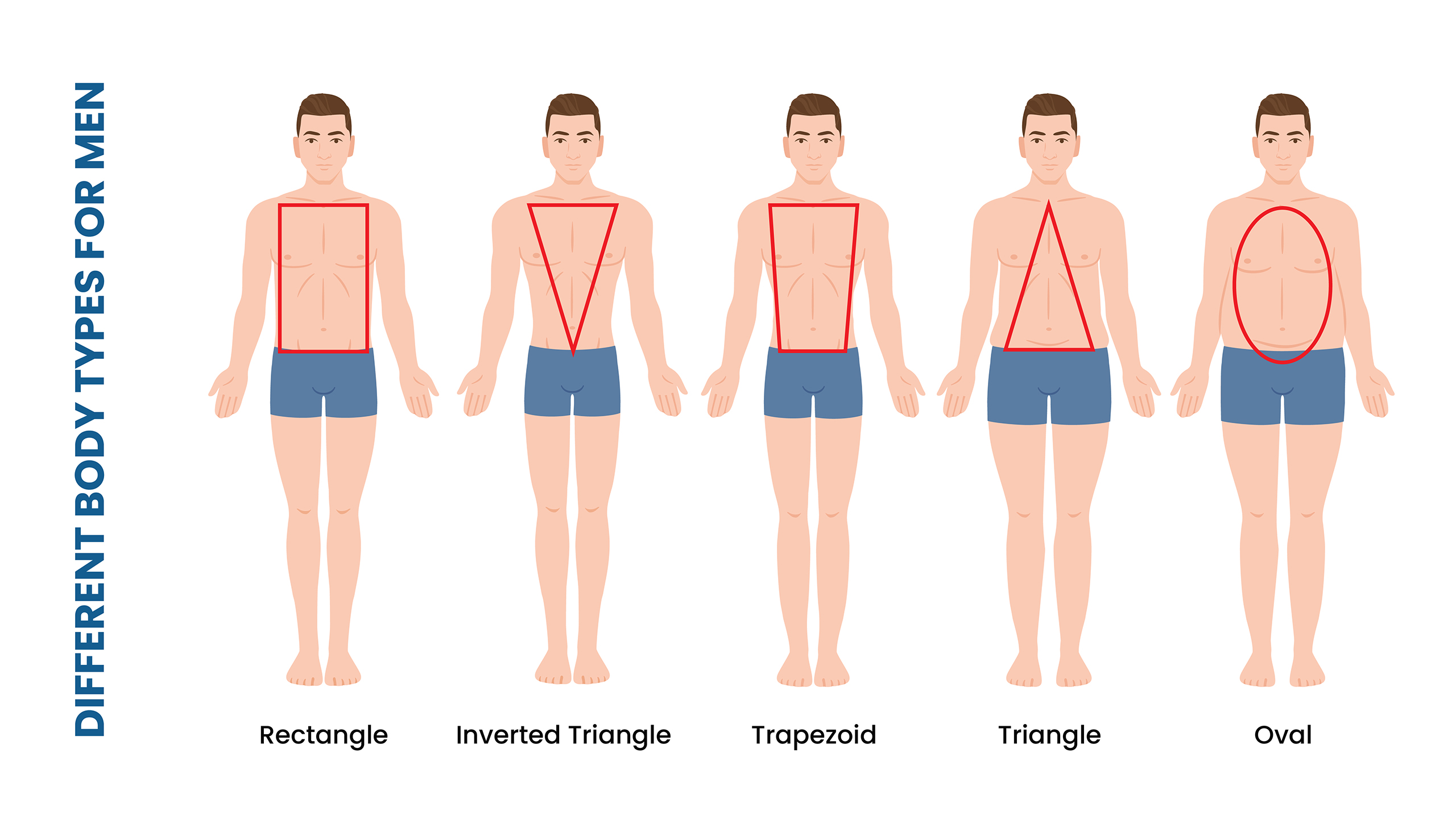





Great article! I’m 65yrs, 5’8″, 210lbs (muscular but could stand to lose 15lbs) with not too much carried in the gut. I typically wear 46R due to shoulders/chest area. What’s the best cut for a short senior citizen like me? “Short” cuts always seem too short. Any direction/insight is appreciated.
It’s important to understand and specify where the problem occurs. If you feel 46R is close to right, opt for a classic-fit jacket instead of a slim fit. You might also consider made-to-measure suits if everything else fails. For more help, feel free to send exact measurements to [email protected]. Good luck!
These days some suits are coming with Satin cloth on the edges of the upper side of the jacket. Can one wear such outfits for formal meetings?
They’re good for formal celebratory settings, such as weddings. However, it’s best NOT to wear them at formal business or boardroom meetings.
I’m going to a custom fitting this weekend for my wedding and I can’t say how much this was helpful in preparing and boosting confidence. This is an article everyone should read before suit shopping. Thank you!
Thanks, Andrew. I appreciate that!
I enjoyed reading this article and learned a lot. Thanks for your effort.
Really interesting.
Glad you liked it, Sergio!
Hi Alex,
I am from India and I am 5’11 with a somewhat stout body. I want to wear a suit for a wedding reception and don’t want the attire to be too formal.
Can you recommend what type of suit I have to wear?
Thank you.
Check out this wedding suit guide. It should give you an overlook of the semi-formal wedding attire and how to skip the tuxedo.
Hello Alex,
I am getting ready to begin working within the Information Technology field and I was wondering which type of suit would be suitable (no pun intended) for such a line of work. I really enjoy the look that a slim fit brings to the table as a slimmer person. However, I want to keep it business casual. Any recommendations?
Thanks,
Richard
Hi Richard. A slim-fit suit is perfect. Or you can go for separates for a business casual look. Slim-fit pants (maybe navy), a blazer, and a nice shirt will definitely complete the look.
All the best and good luck with your new work!